Photos and captions by Isadora Kosofsky/CatchLight for the Stuart Foundation.
The UCLA Community School, located on Wilshire Boulevard in the heart of Los Angeles, provides a powerful example of what is possible when a school is designed with thriving—of students, staff, families, and the broader community—at the center.
The school opened in 2009 as part of a grassroots campaign to relieve overcrowding in district schools. It is one of six schools that comprise the Robert F. Kennedy Community Schools campus on the former site of the famed Ambassador Hotel.
On March 27, 2025, the school community celebrated their quinceañera, or 15th birthday. In honor of this milestone—and in recognition of the powerful example the school provides for communities throughout California—we offer this up-close look at UCLA Community School through the lens of three high school students: Kaelin, Sujana, and Javir.

In May and June 2024, documentary photographer Isadora Kosofsky spent time with three students at UCLA Community School in Los Angeles. Her photos capture the experiences of Kaelin, Sujana, and Javir throughout their school day and week—in the classroom, hanging out with friends, in co-curricular activities, and interacting with students in the younger grades. The resulting images and accompanying text provide a glimpse into high school life and show the impact of student-centered practices and structures on the everyday lives of adolescents.
This project was developed through a partnership with CatchLight, a visual-first media organization that leverages the power of visual storytelling to inform, connect, and transform communities.
Kaelin, 10th grade
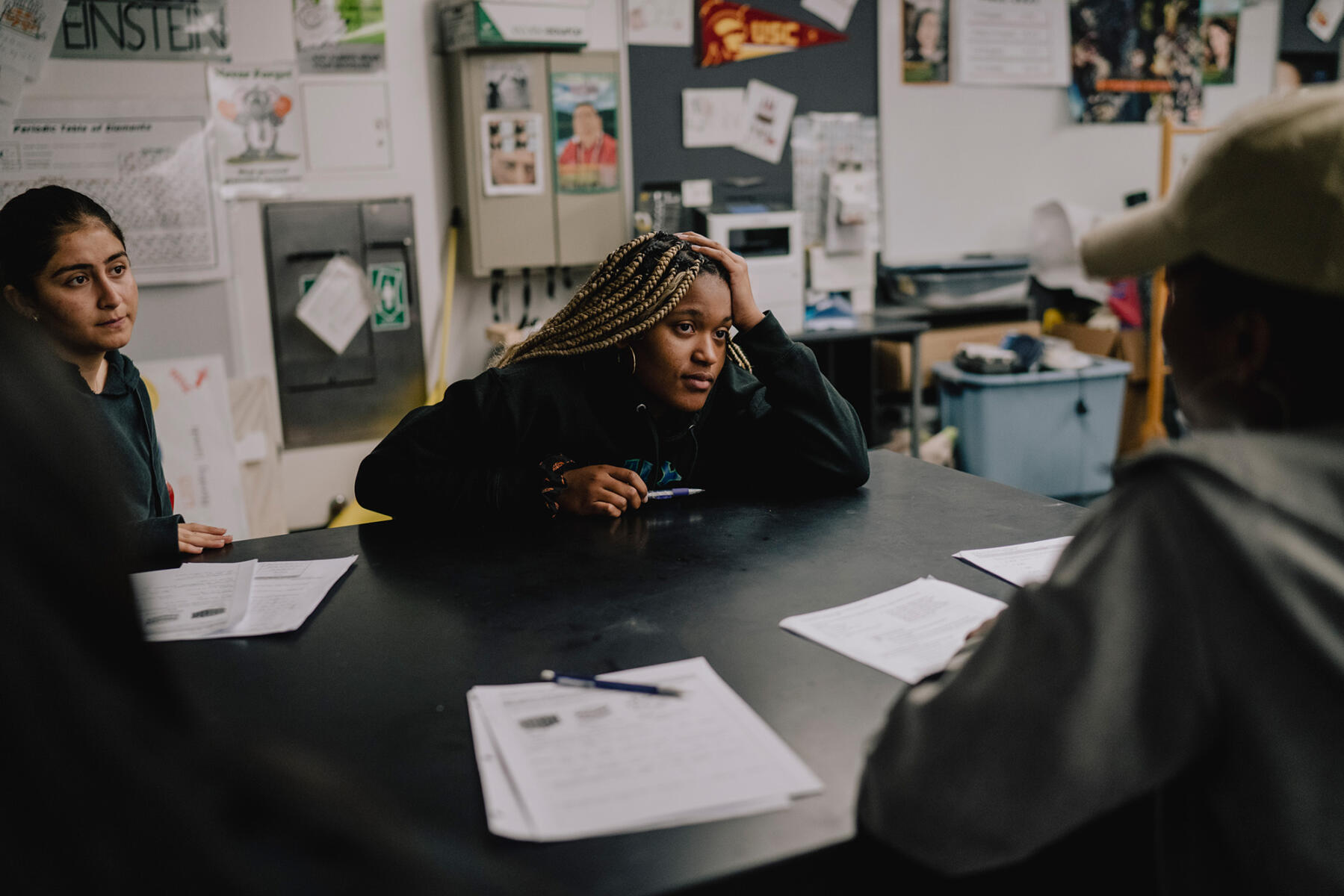
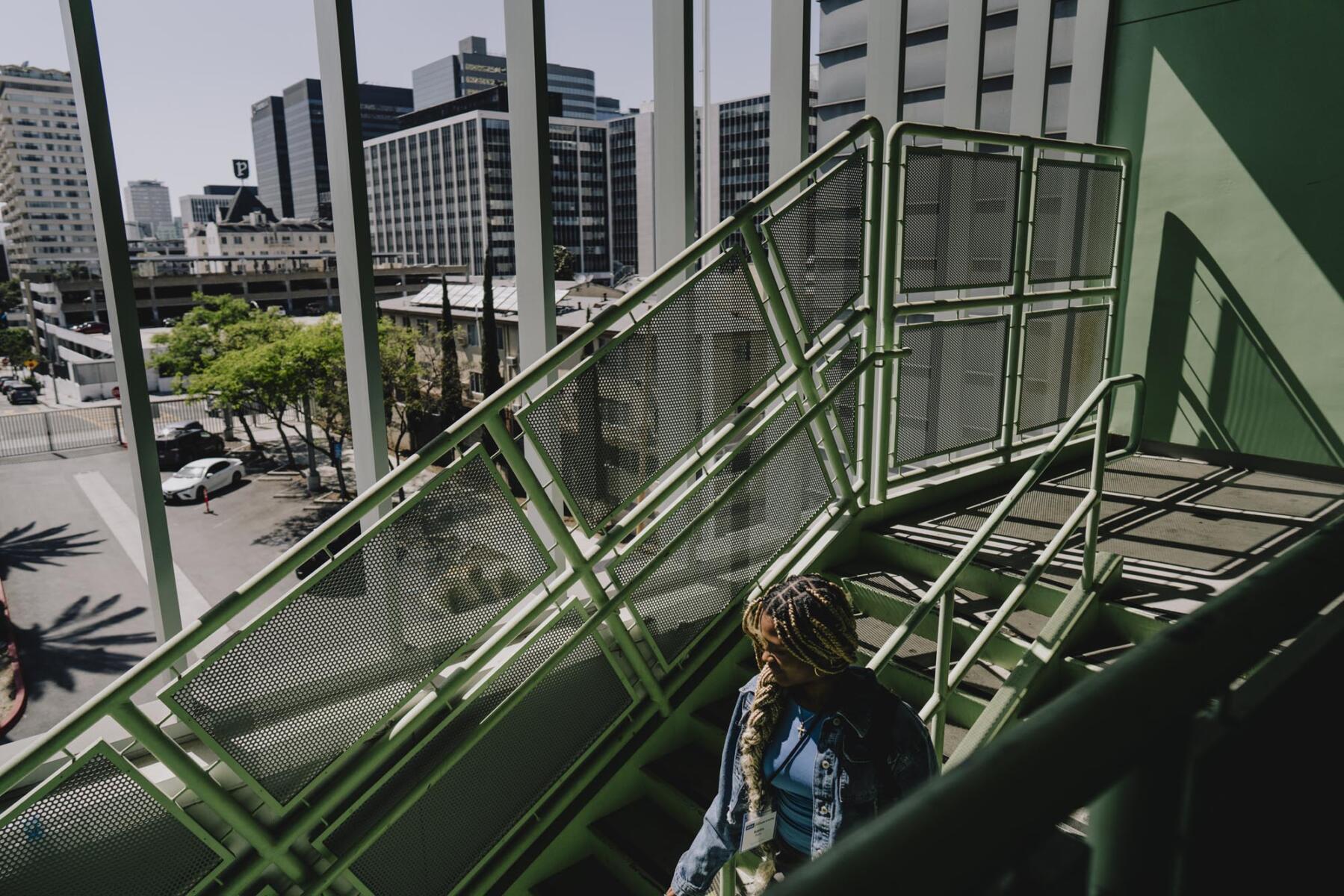
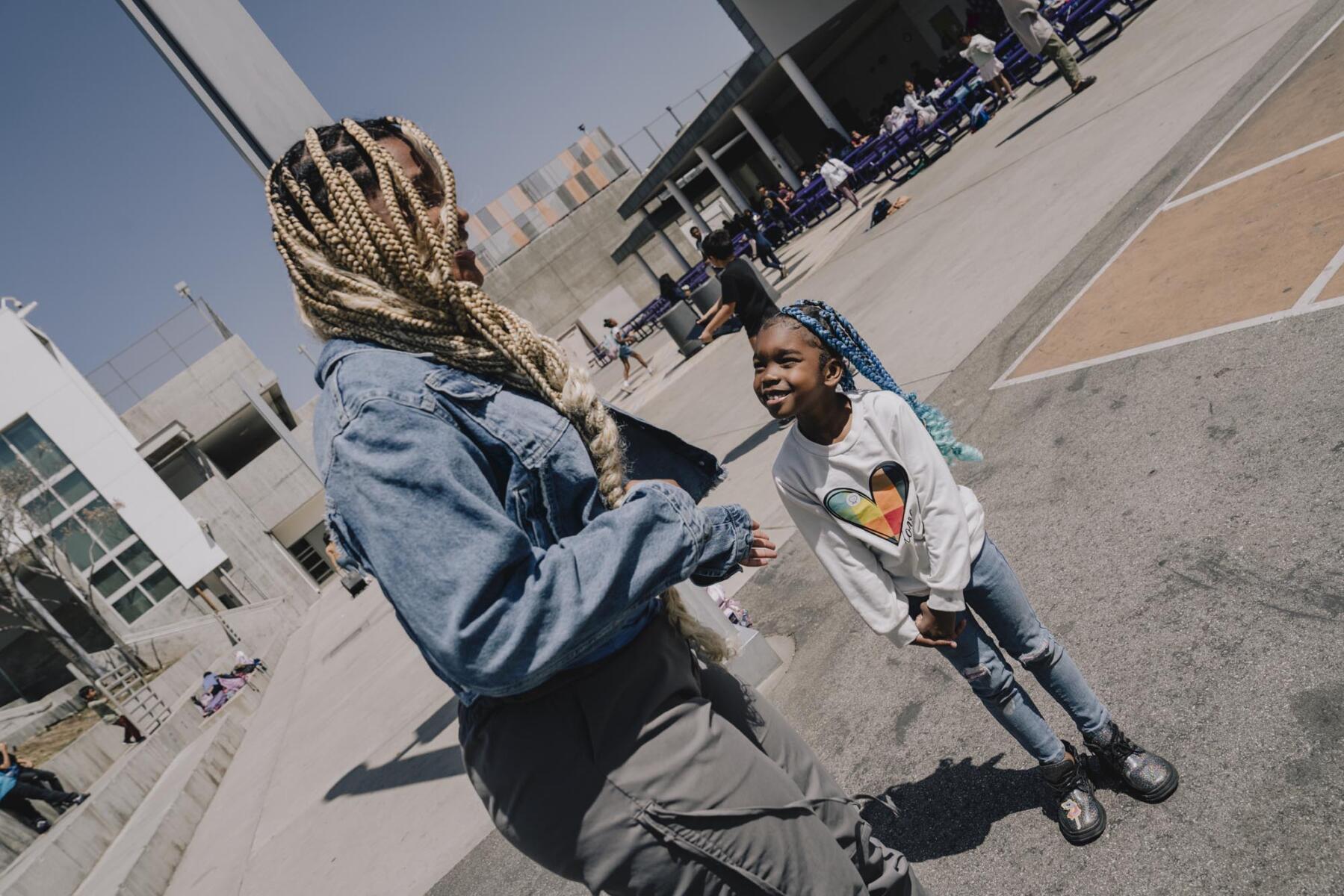

I like how everyone is connected. I feel like everyone knows each other. My grade is an uplifting community.
Recognizing how critical strong and trusting relationships are to students’ ability to thrive academically and socially, UCLA Community School fosters and encourages connections among students and teachers through a number of structures and practices.
At the middle and high school level, students participate in advisories, which function like in-school families, building community and providing support. High school students are in the same advisory all 4 years, providing time for students and their faculty advisors to forge deep relationships. Parents and caregivers also benefit from having a known and trusted teacher to turn to with questions throughout their student’s high school career.
Teachers, for their part, are supported in developing their relational skills alongside their teaching expertise.
Students experience the many benefits of these structures and supports. “My teachers are actually going to help me succeed,” said Kaelin. “They will do everything to make sure,” she continued, sharing that she has had teachers who continue to reach out to her, even when she is no longer in their class.
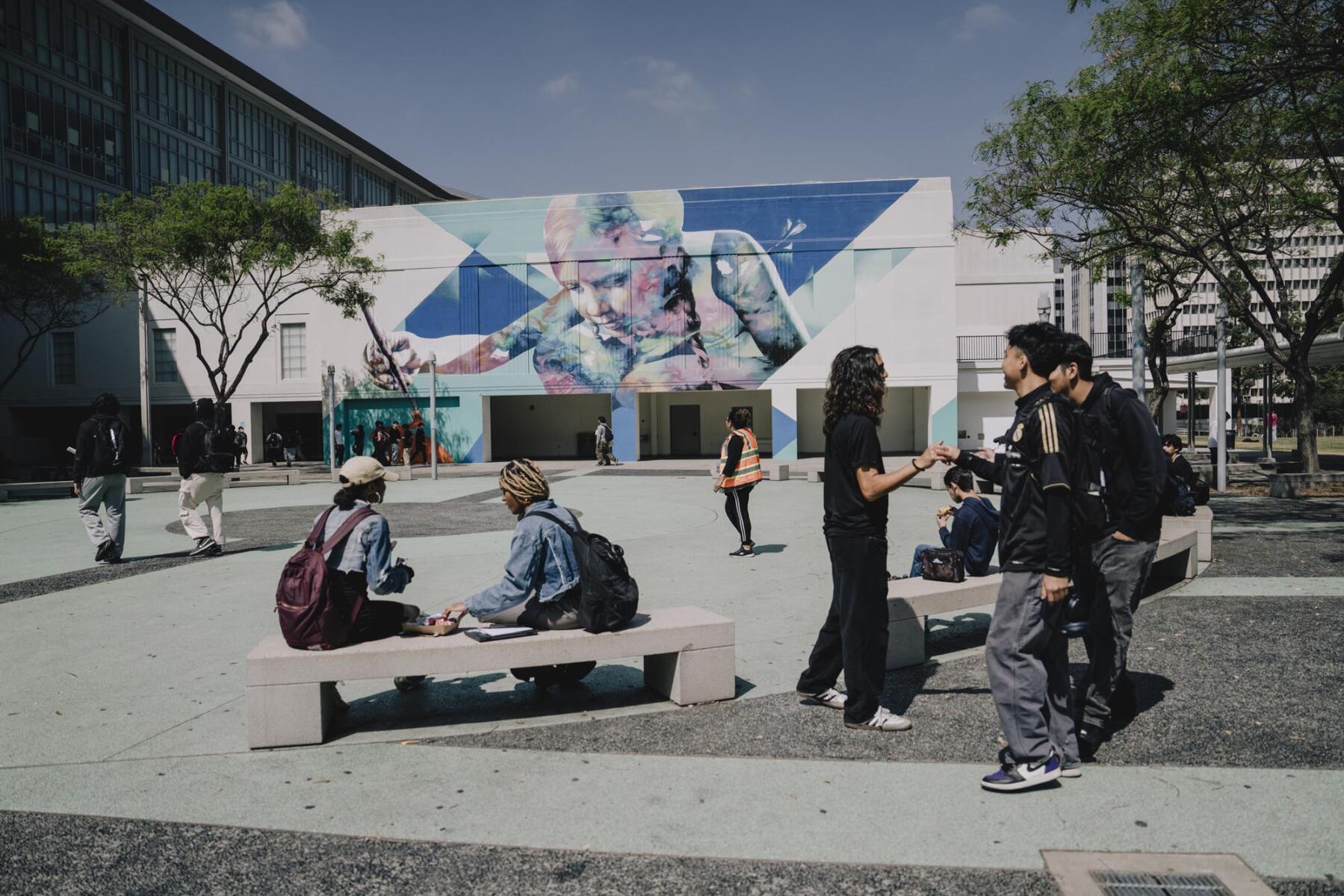
Students can play a variety of sports before or after school. In addition to playing tennis, Kaelin plays basketball, arriving early in the morning to practice before school starts.
“You build connection through playing a sport,” said Kaelin. “You are there for the same reason.”
Based on their interests, students also participate in a variety of after-school clubs that encourage a culture of belonging. These include the Bruin Community Service Club, the Gender-Sexuality Alliance, and a Black Student Union and a Muslim Student Union, which students created to foster connection.
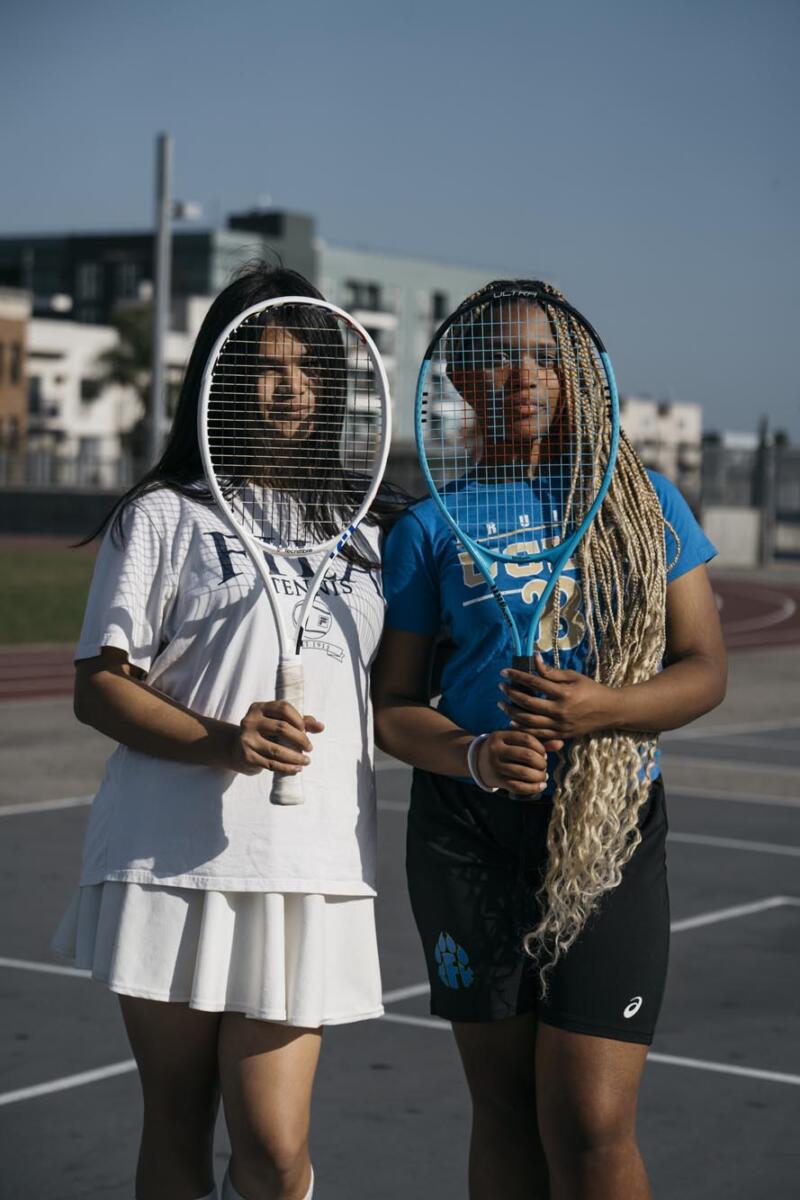
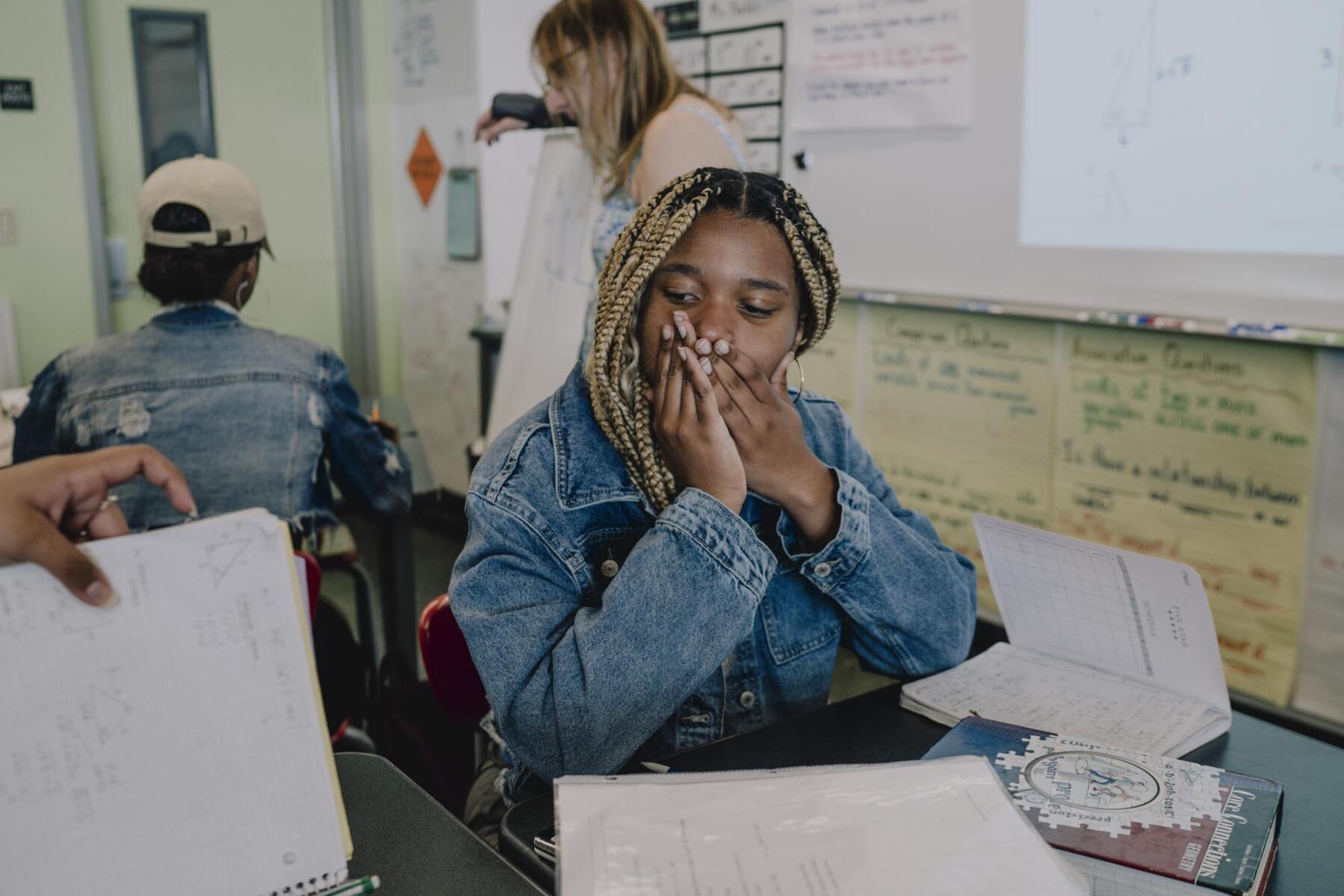
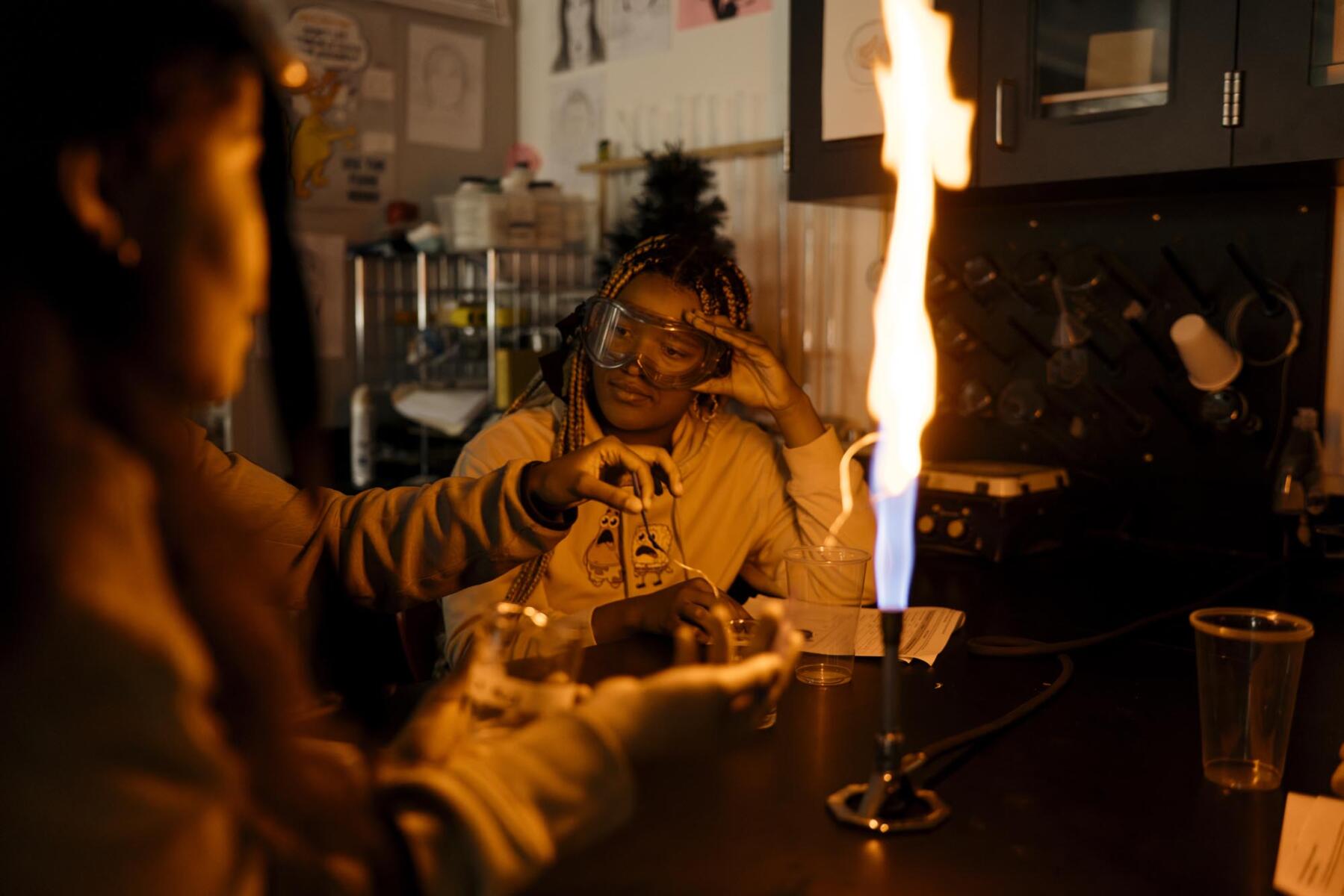
High school students at UCLA Community School benefit from an academic program that marries college-preparatory classes with project-based learning. Students have the opportunity to explore interest areas through an innovative seminar program that taps the passions and talents of staff to offer electives on topics ranging from robotics to Latin American film.
All UCLA Community School students take a course load that exceeds the requirements for admissions to the University of California and California State University systems. Their classes are organized using a block schedule to allow more time for in-depth work and projects. Many students have the opportunity to experience college before they graduate high school through a dual enrollment partnership with Los Angeles City College.
UCLA Community School is also a dual language school. In the lower grades, all students receive language and content instruction in two languages, either Spanish/English or Korean/English. In grades 9–12, both new and continuing students enroll in a sequence of Spanish courses: Spanish 1–4, Advanced Placement (AP) Spanish Language, and AP Spanish Literature. About 4 in 10 students complete the requirements to earn the California State Seal of Biliteracy upon graduation.
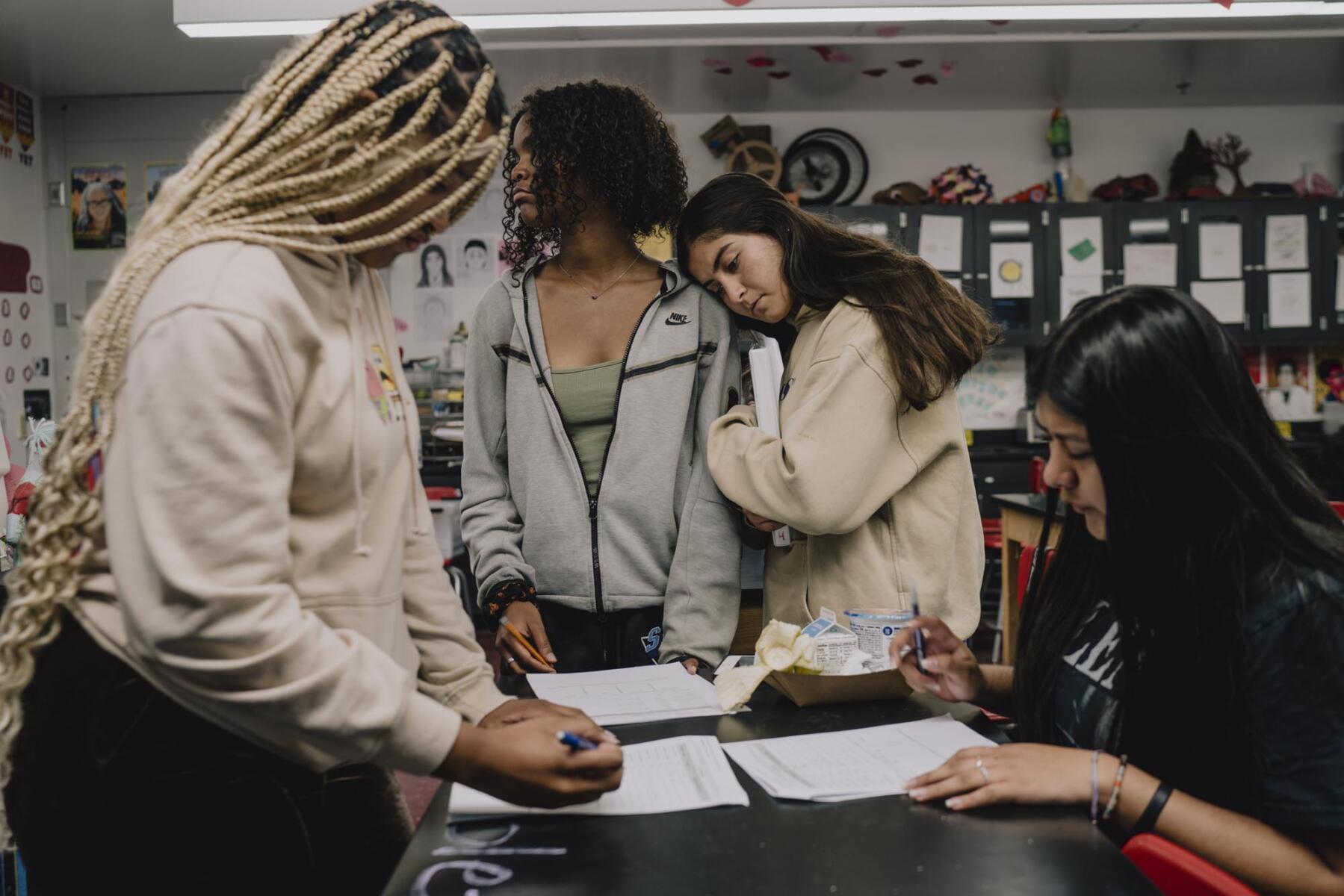
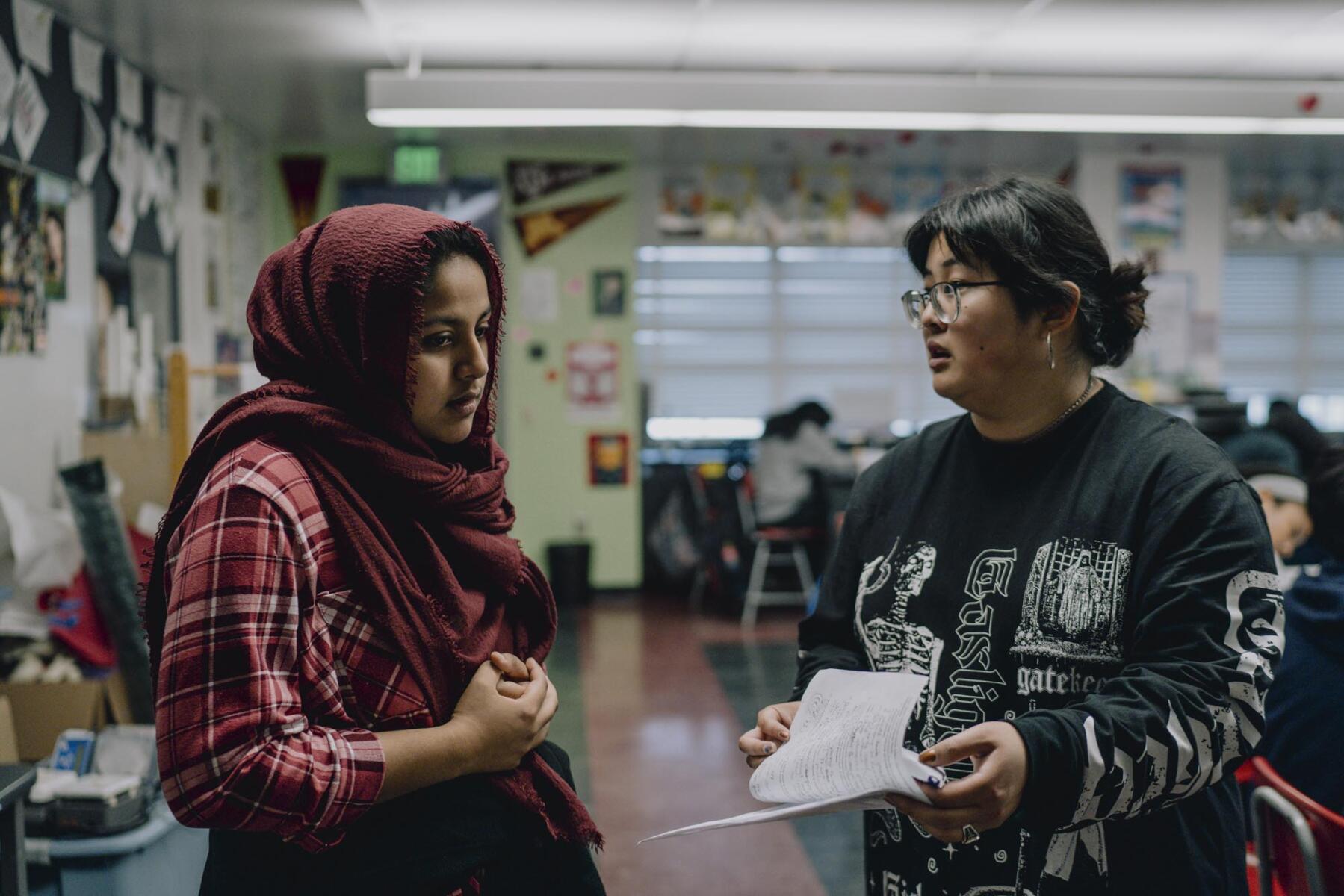
I appreciate that the administration treats teachers and staff as professionals… we are willing to give it our all.
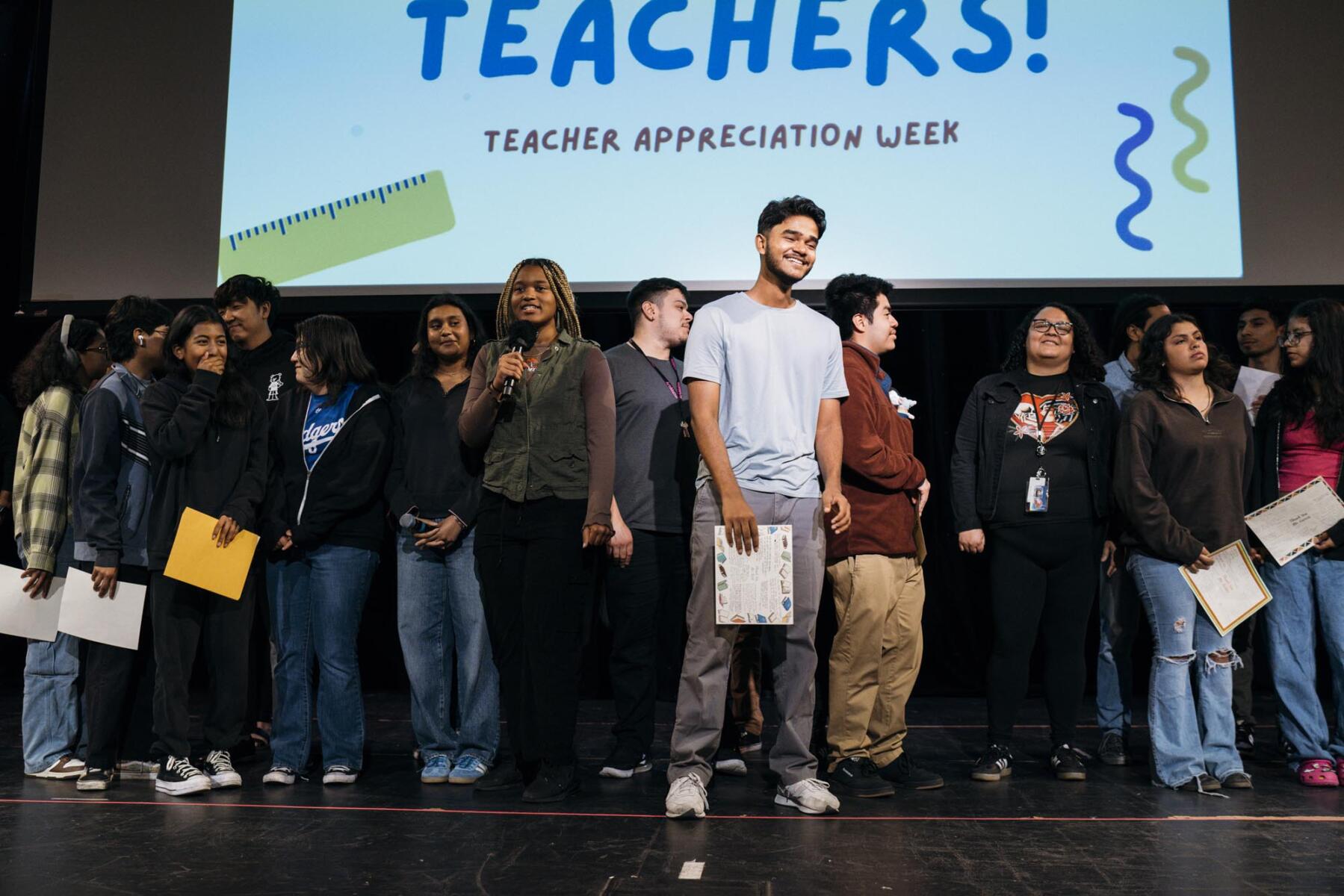
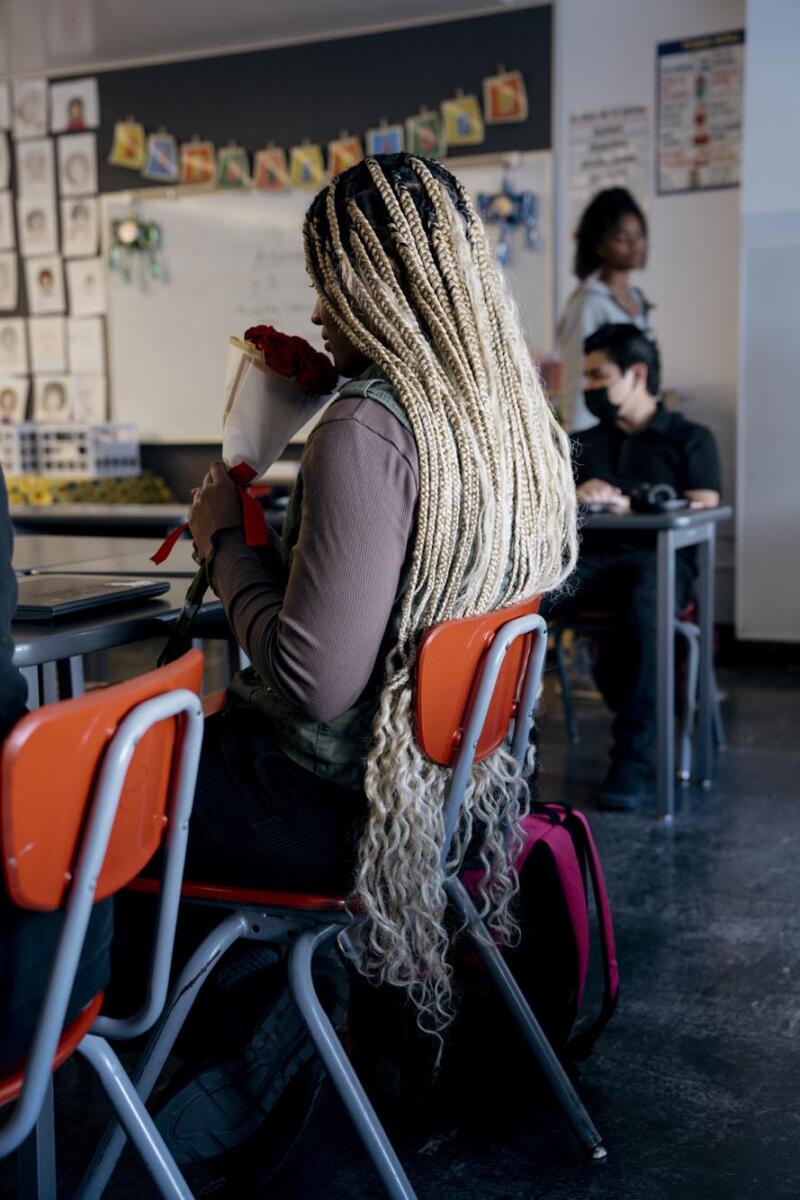
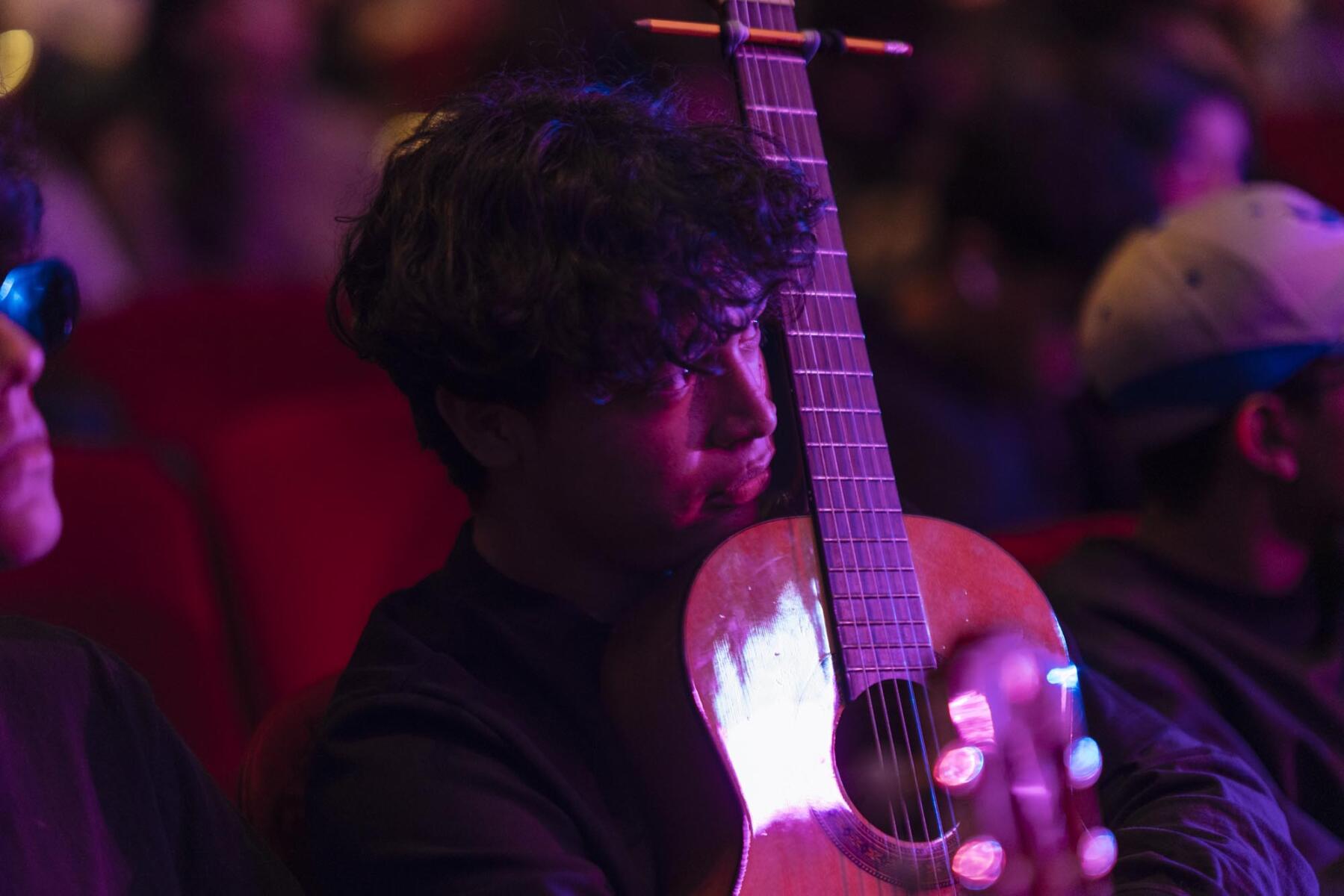
The Ambassador Hotel’s Cocoanut Grove nightclub and theatre now serves as the auditorium for the Robert F. Kennedy campus. A world-famous nightclub from the 1920s to the 1980s, the Cocoanut Grove was once a hotspot for West Coast entertainers, including film noir actresses like Joan Crawford and Gloria Swanson. The famed Art Deco-style venue is now a gathering space for all the schools on the campus.
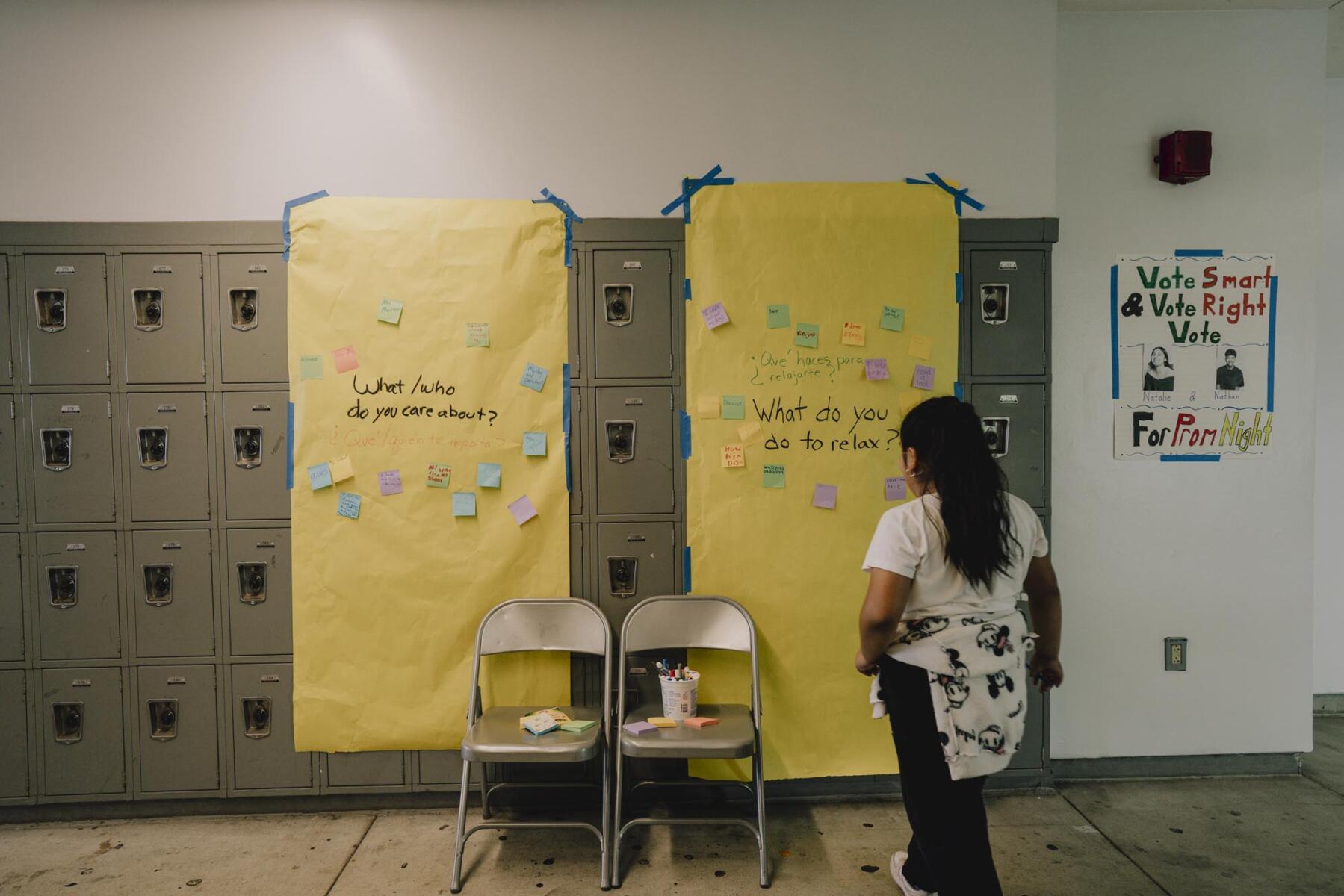
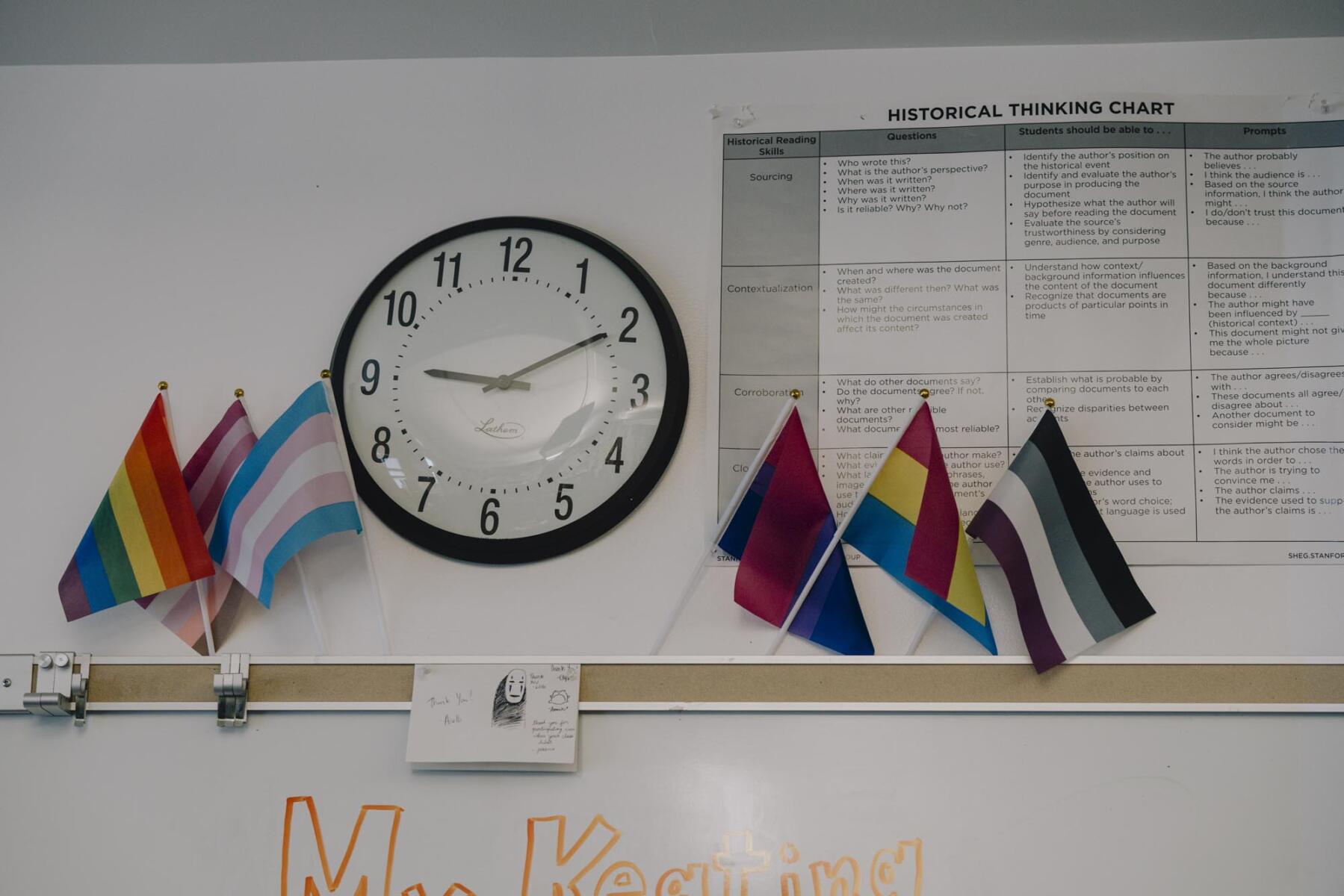
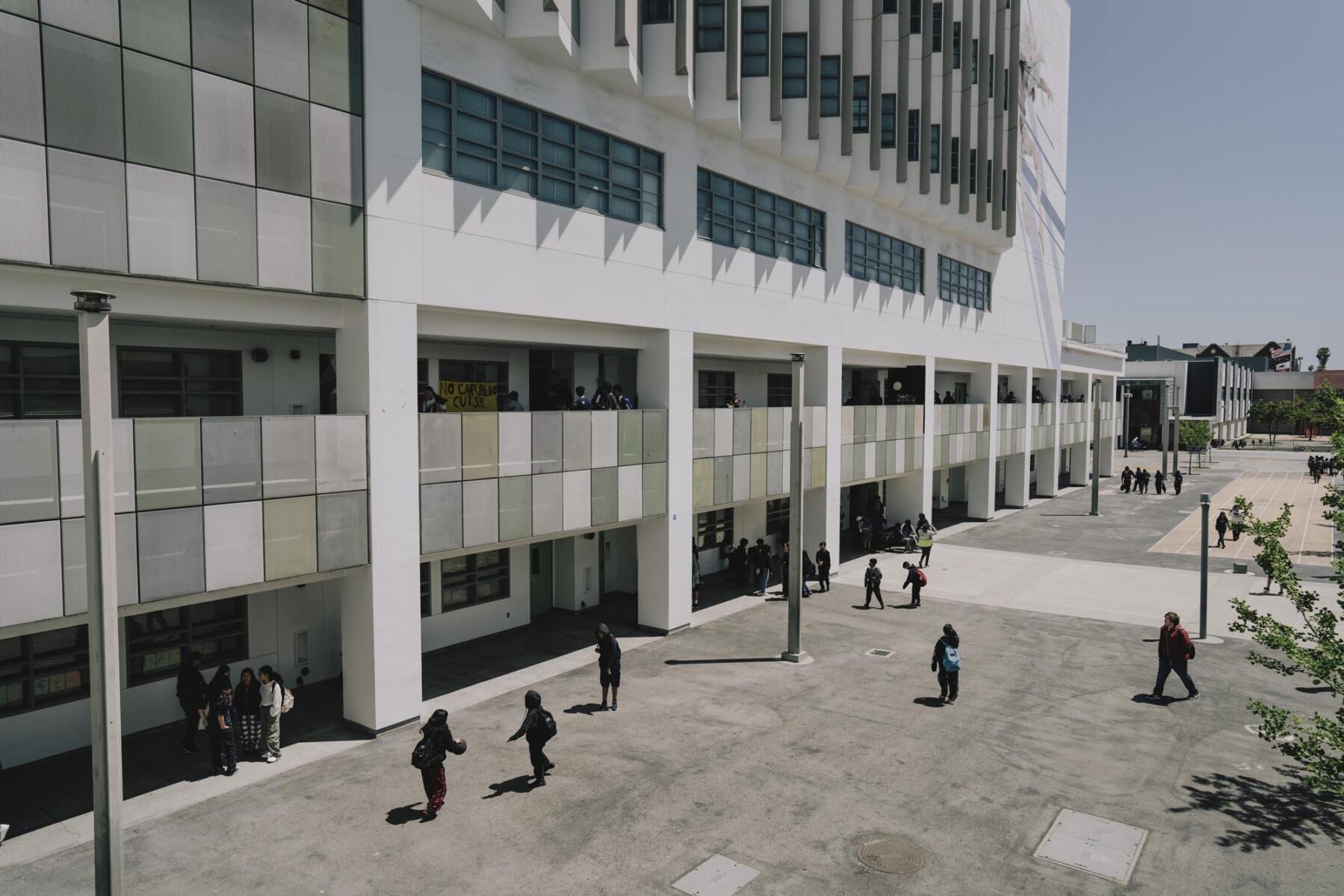
Sujana, 11th grade
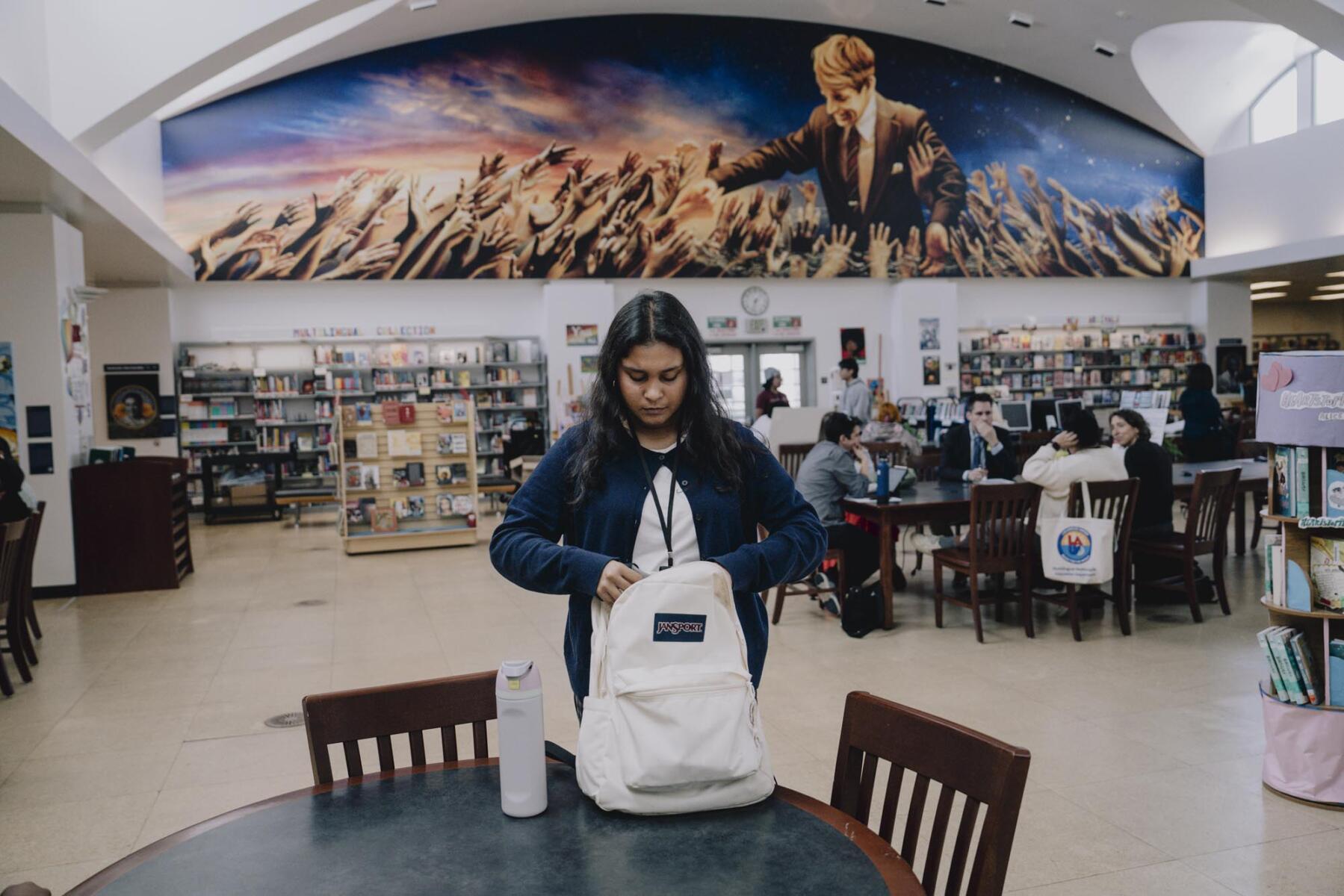
Sujana stands in the school library in front of a mural of Robert F. Kennedy by Los Angeles artist and UCLA professor Judith Baca. The UCLA Community School is housed in the former site of the Ambassador Hotel, where Robert F. Kennedy was assassinated in 1968. “I feel like the murals help build a vibrant community where we acknowledge that a really tragic event happened at our school, but we can grow from that and we can turn that into a more communal kind of area where people are more inclusive and supportive, accepting,” said Sujana.
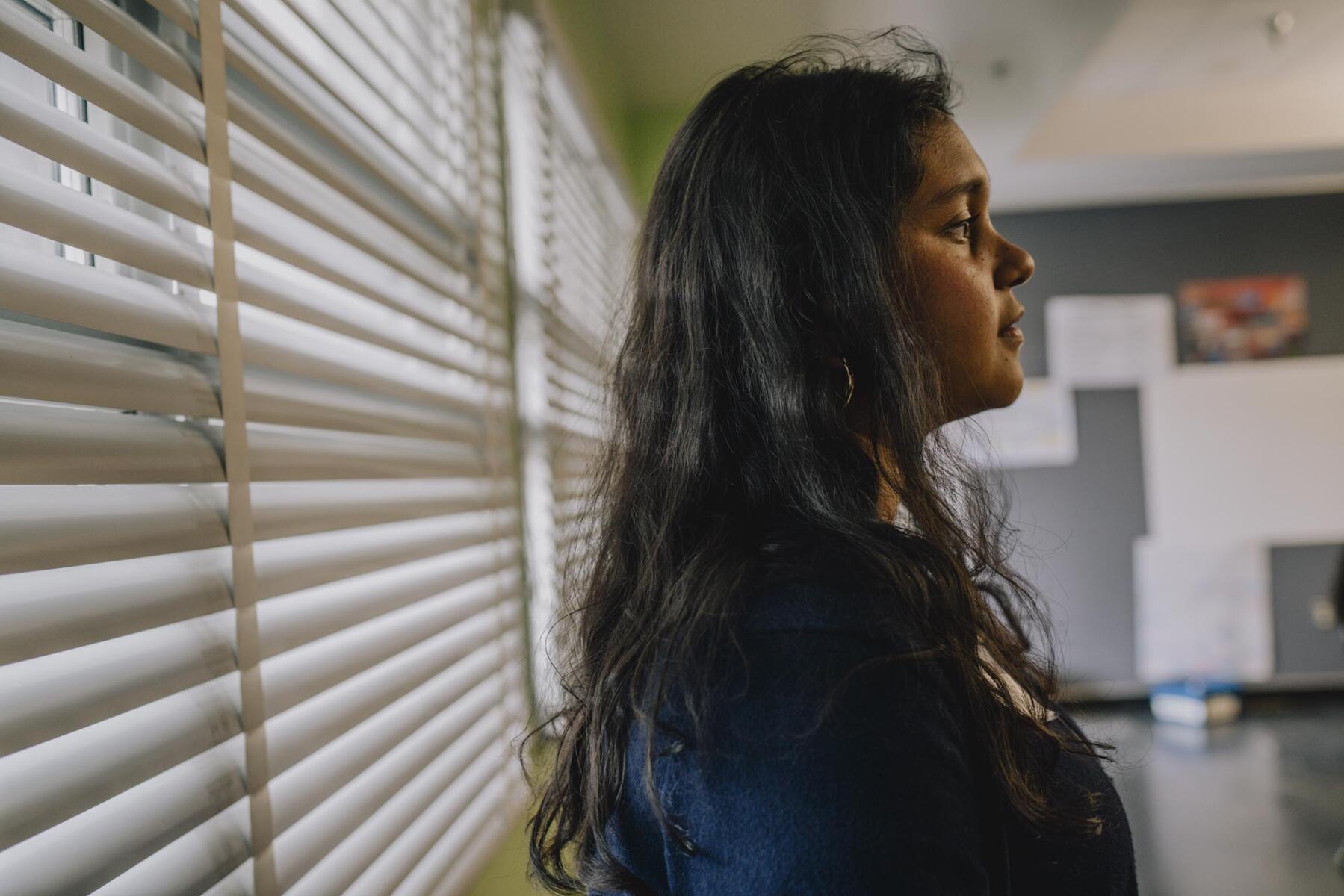

Open School, which brings families and other members of the school community to campus, is just one way UCLA Community School engages families.
Parents and caregivers regularly participate in classroom observations and their feedback is shared with teachers and the community. They also serve as mentors for students and as advocates for positive changes in school practices. Because of parent and caregiver advocacy, for example, the school created a full-time college counselor position.
The school holds monthly “convivios” or gatherings, where they discuss a range of topics of interest to families. As with most community schools, UCLA Community School invests in a shared leadership model. Its school governance committee is composed of teachers, staff, parents and caregiver, students, and UCLA partners. Among the responsibilities of this body is to recommend the hiring or retention of the principal to the district and the superintendent.
UCLA Community School prides itself on being multicultural and multilingual. More than 80% of students are Hispanic/Latinx, most students (95%) speak a language other than English at home, and many school assemblies are held in both English and Spanish. In 2024, the school increased support to its diverse families through “Know Your Rights” workshops, in addition to providing guidance through the onsite legal clinic and counseling staff. These supports are offered as part of a broad array of services, supports, and opportunities made possible by the community school model.
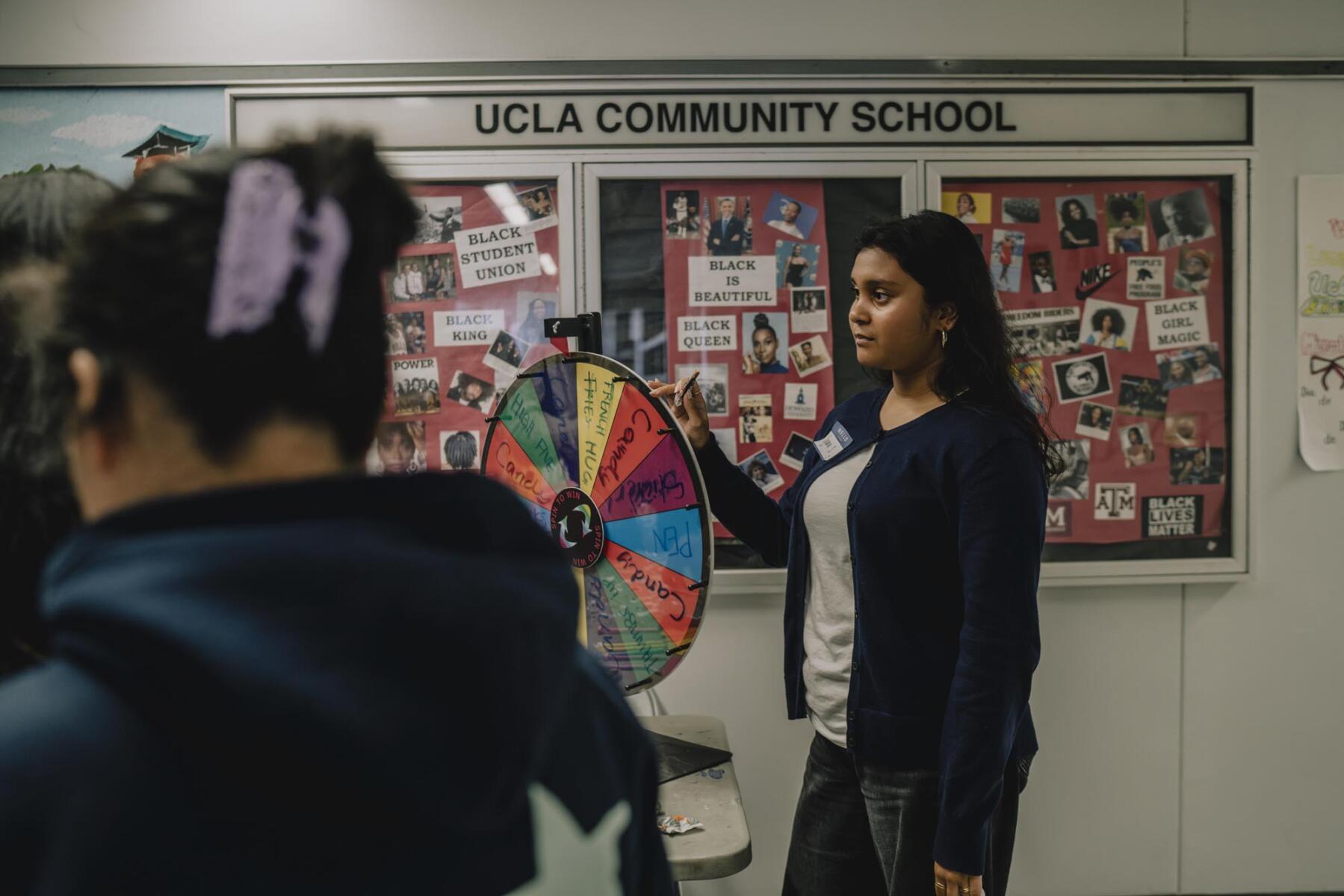
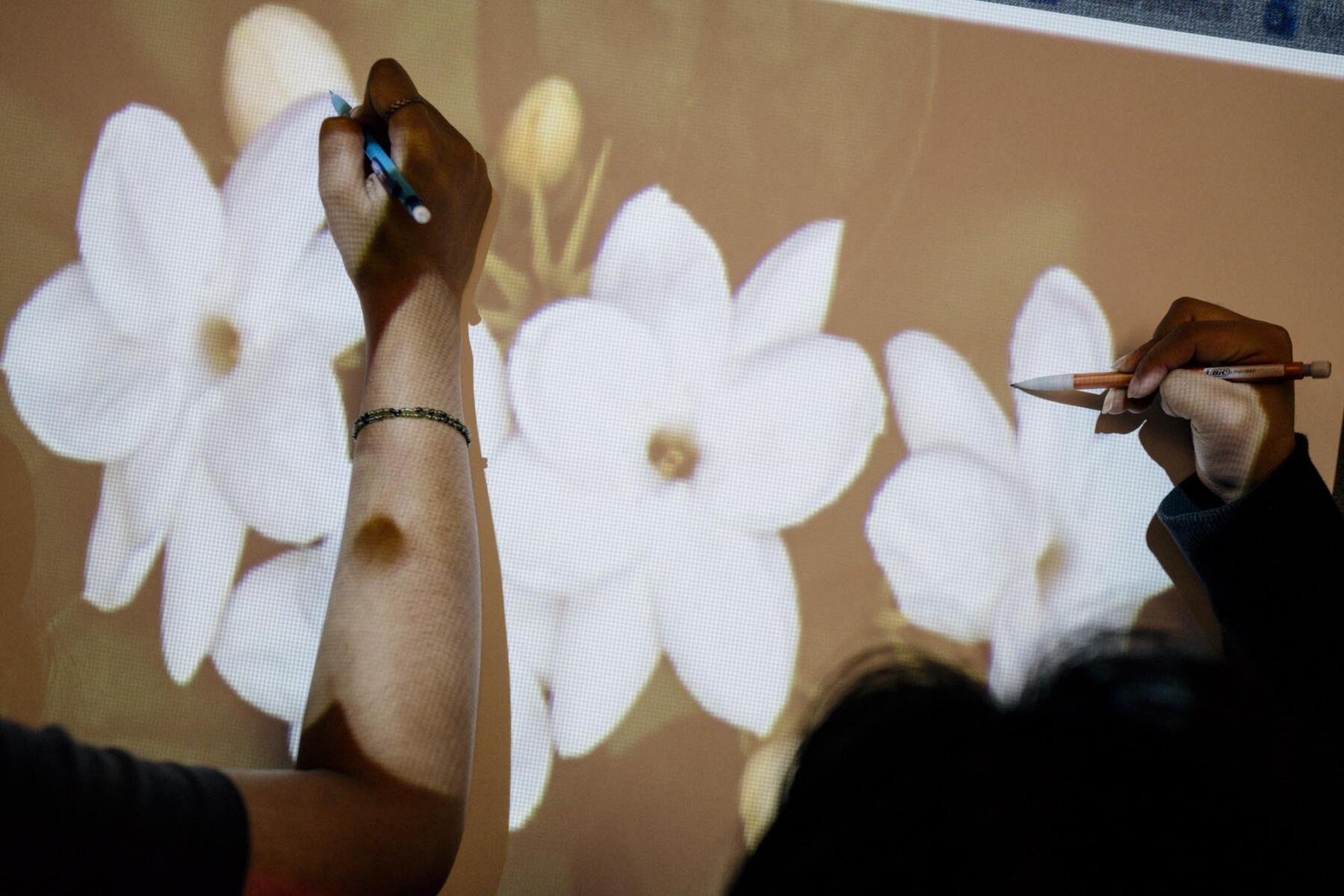

Our school… has this kind of college-going culture where they really encourage students to go to college.
UCLA Community School’s Student Advisory Board acts as a leadership body for high school students. It began during the pandemic when its members, as part of a research initiative, provided valuable information on how students and teachers were faring during remote learning. That initiative has since expanded into an ongoing leadership opportunity for students. Students also lead a variety of clubs and some have co-taught a seminar with faculty members.
Opportunities for leadership and engagement extend outside of school as well. Through experiential learning opportunities, students have the opportunity to research and address community issues and explore the diverse cultures of Koreatown, the neighborhood where the school is located. About two-thirds of area residents are foreign-born, primarily from Mexico, Central America, and Korea—among the highest percentage of immigrants in Los Angeles. Speaking about the school being located in Koreatown, Sujana notes, “This neighborhood is mostly like immigrants, right? It’s so nice… having a school where your cultures are celebrated and they’re kind of uplifted, instead of the students all being seen as homogenous.”
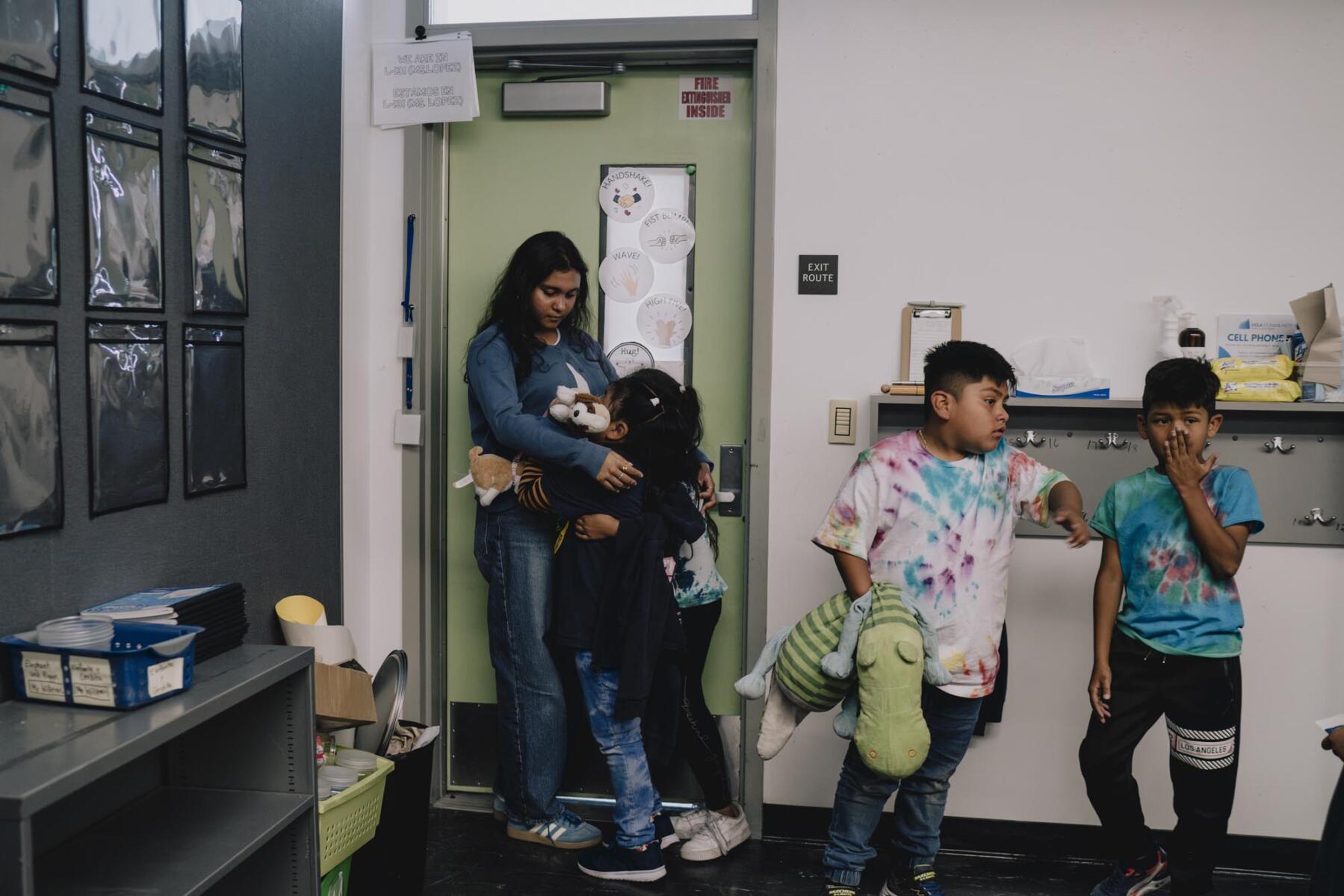
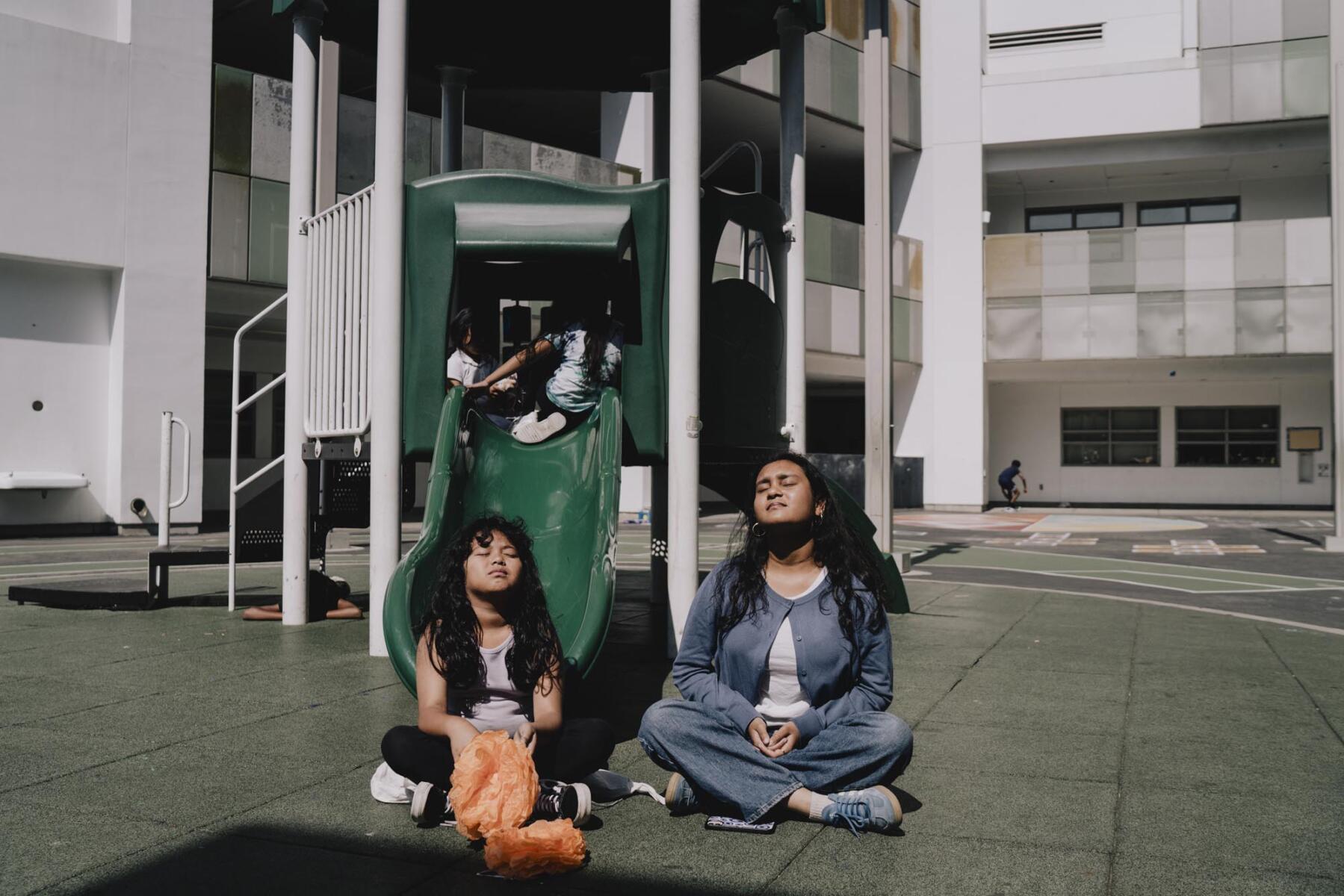
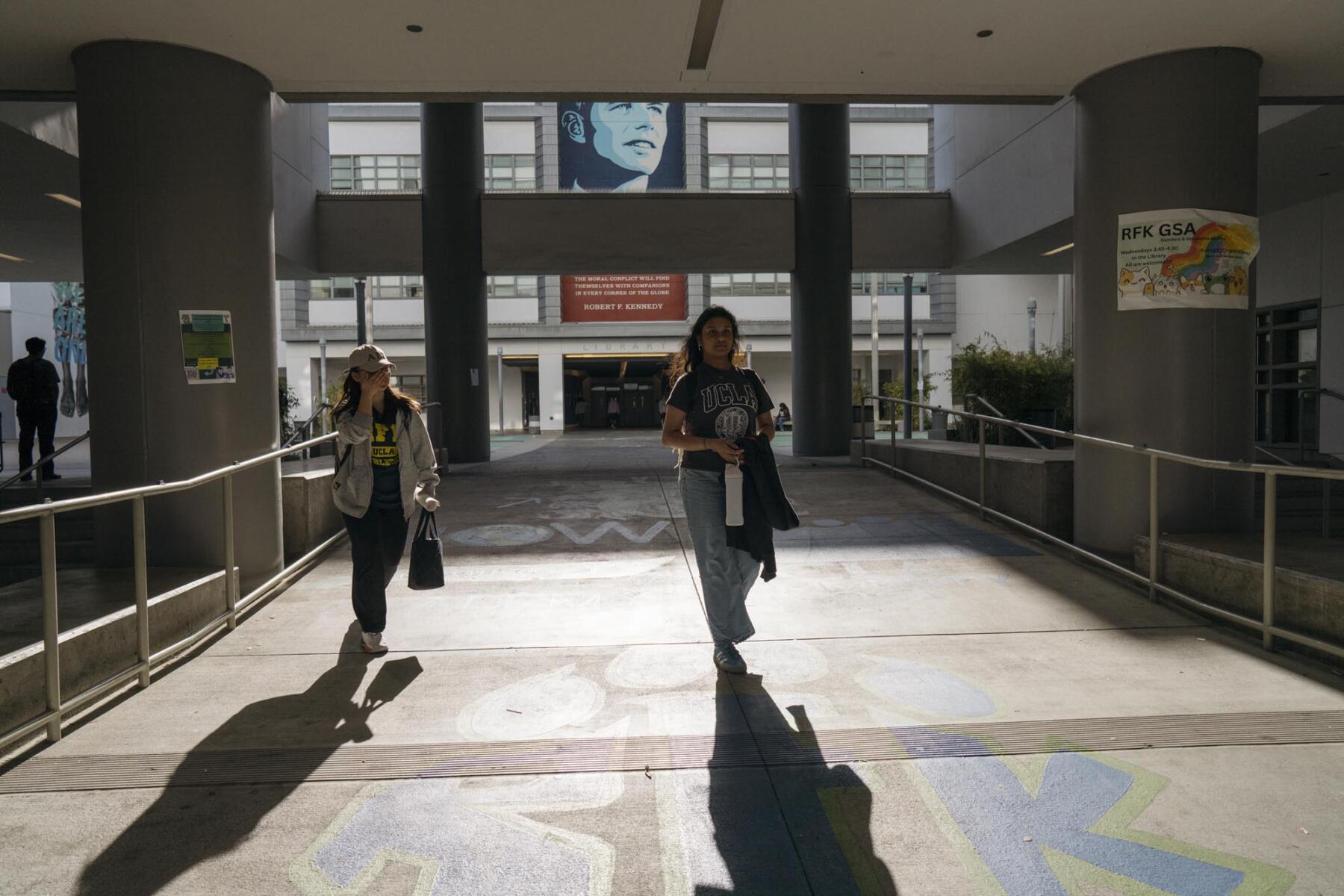
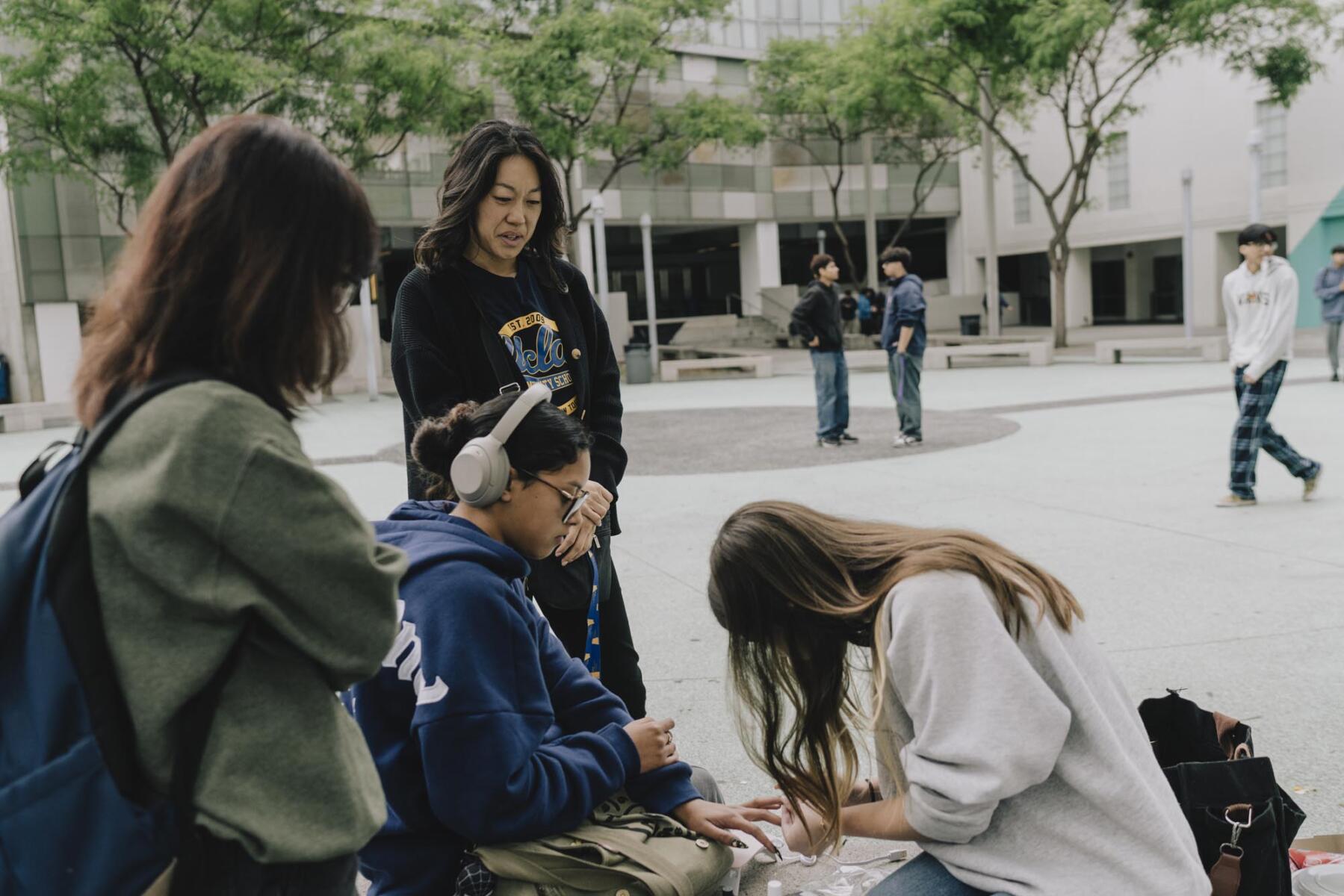

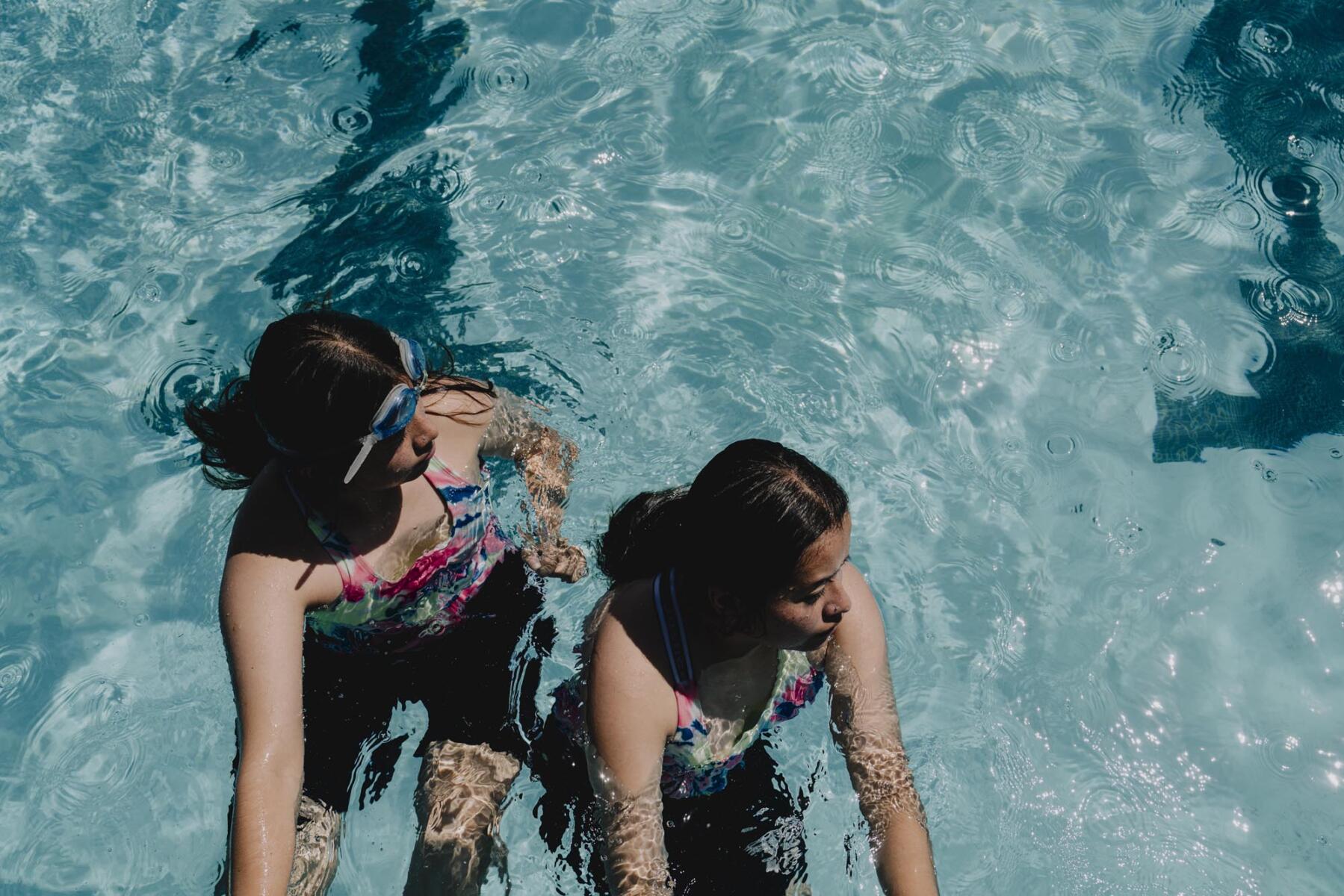
Javir, 12th grade
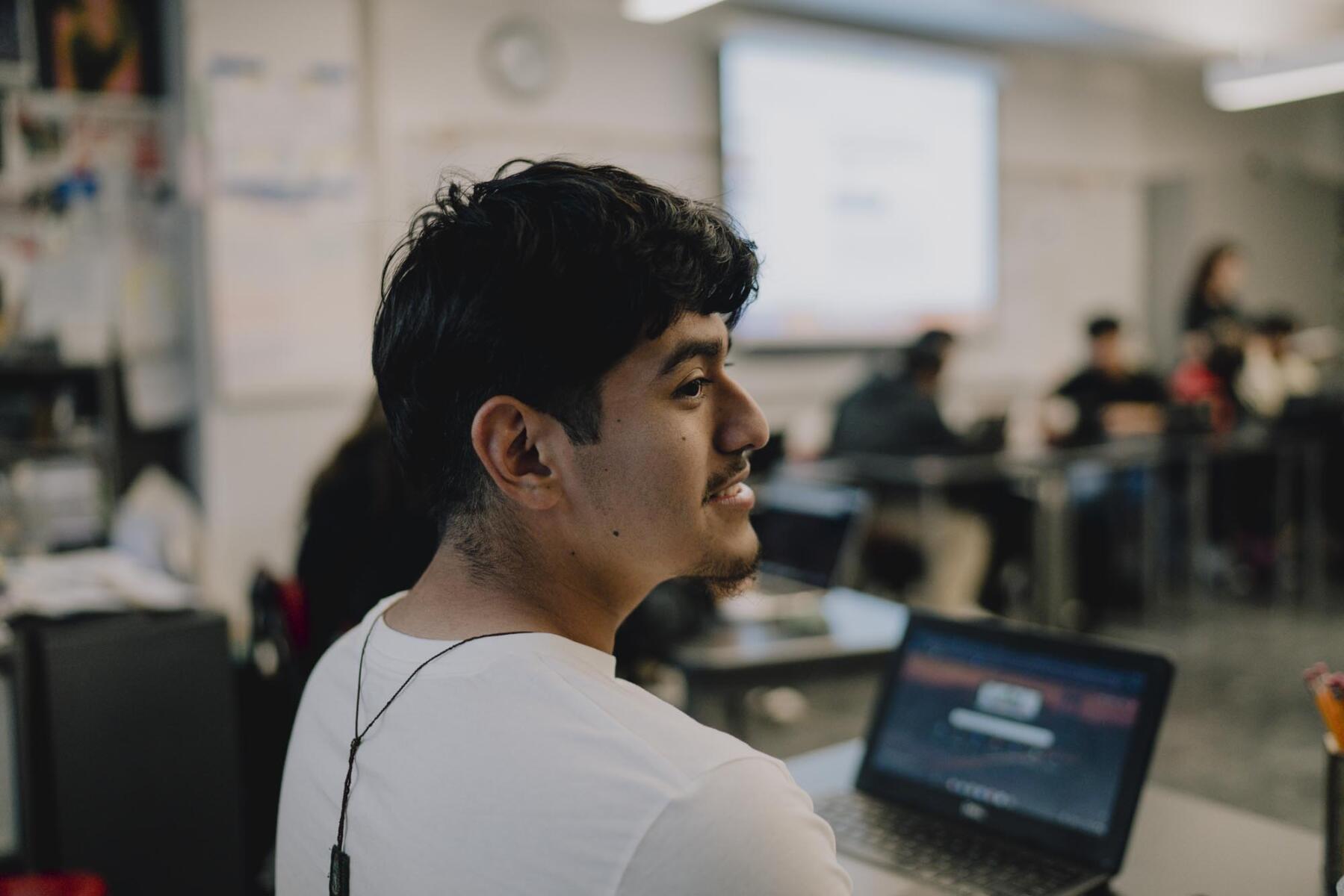
I don’t believe education is something you should buy. I think it should be a right for everyone.
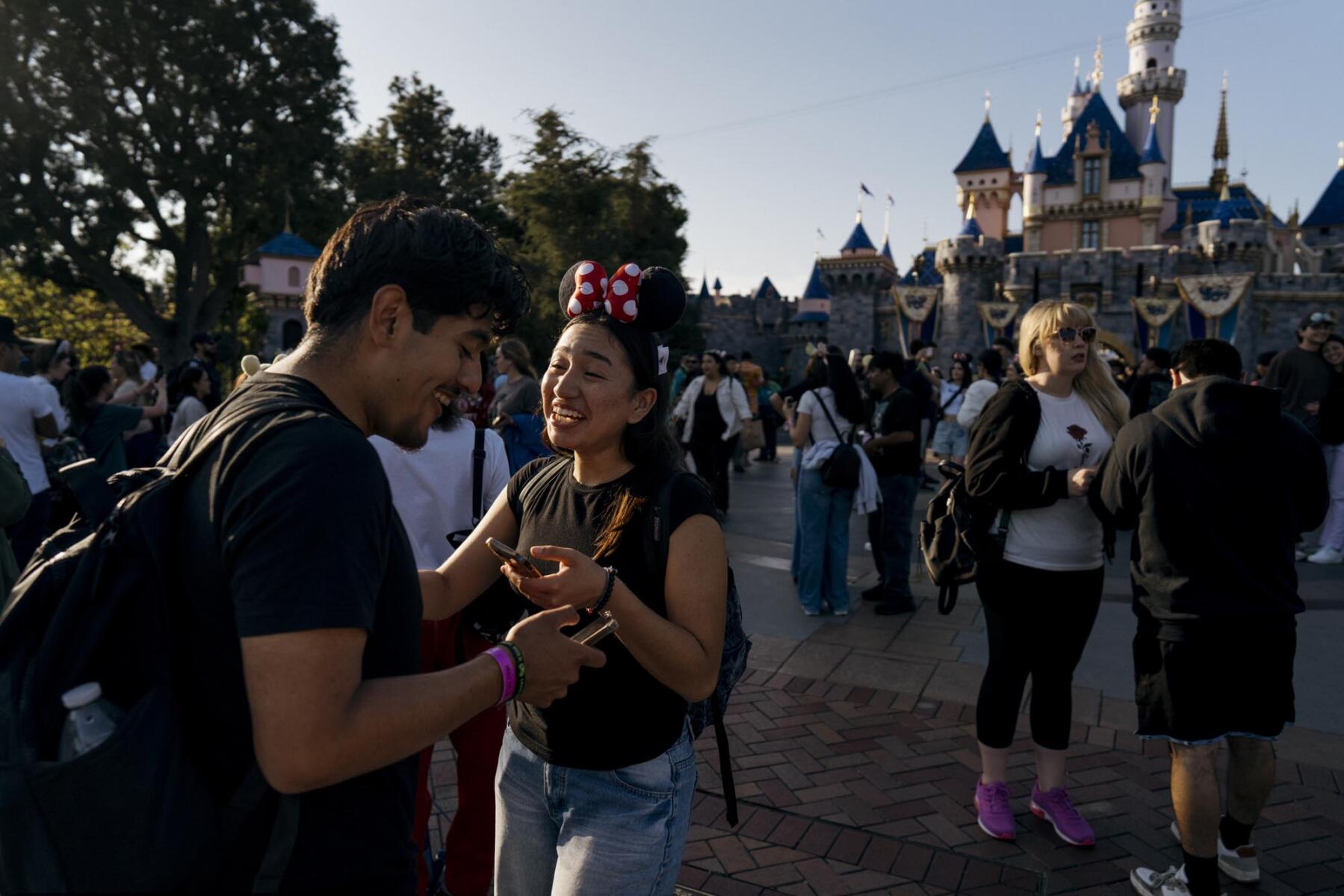
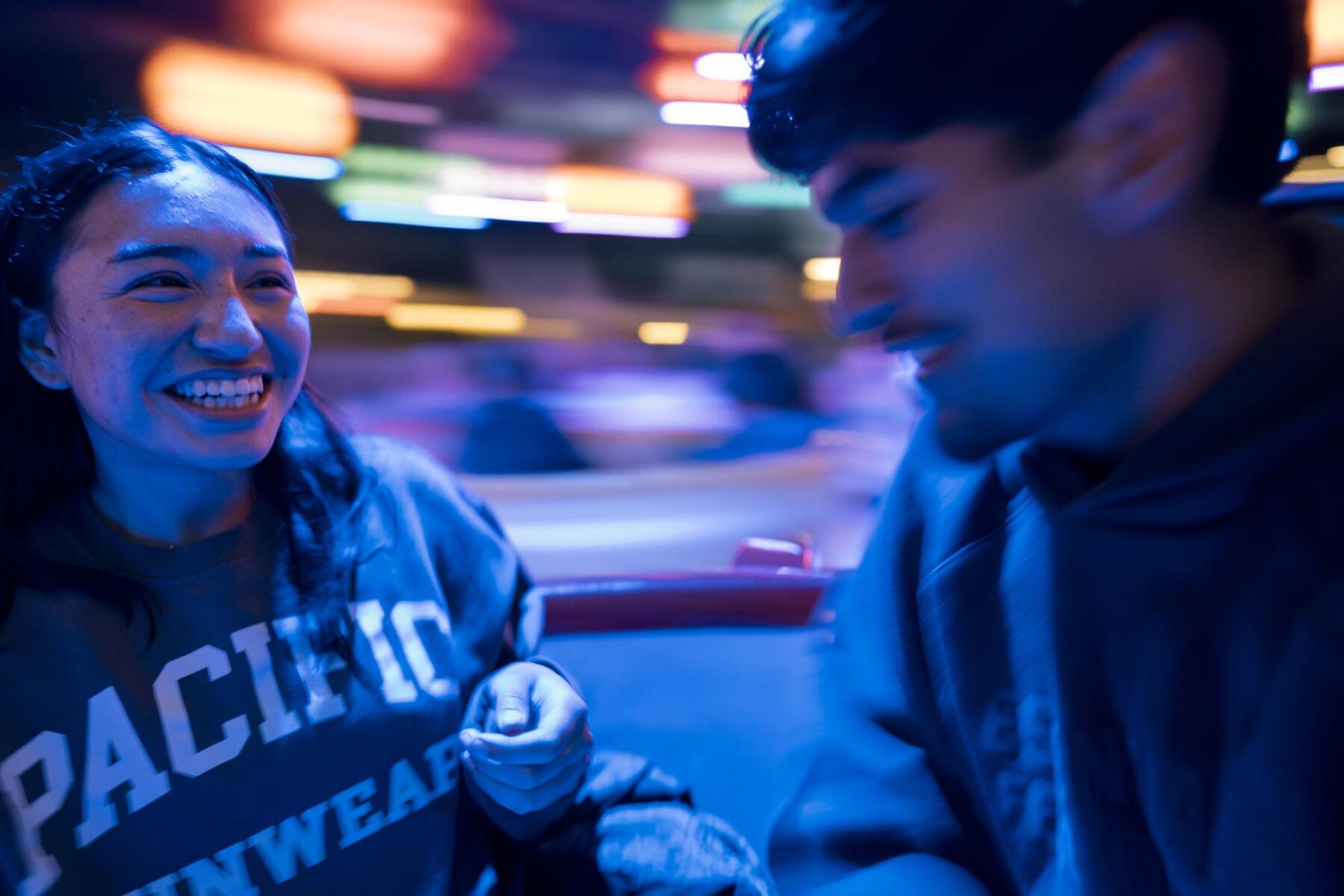
UCLA Community School’s K–12 grade span creates unique opportunities for bonding and relationship-building among all members of the school community. Like many of their classmates, Javir and Adila have attended UCLA Community School since kindergarten; they began dating in high school. “I see them after every summer and say, oh they grew a little taller, or they lost a tooth,” said Javir of witnessing his classmates develop from children into teenagers.
“I have more connection to my classmates, so I was able to look for systems of support better. I think most of my classmates felt the same way,” said Javir. “Yeah, academics was a very hard part. But if we felt moments of struggle or moments of self-doubt, we always have someone to reach out to… to empathize with what we’re going through. Because, I mean, we’ve all faced it since kindergarten.”
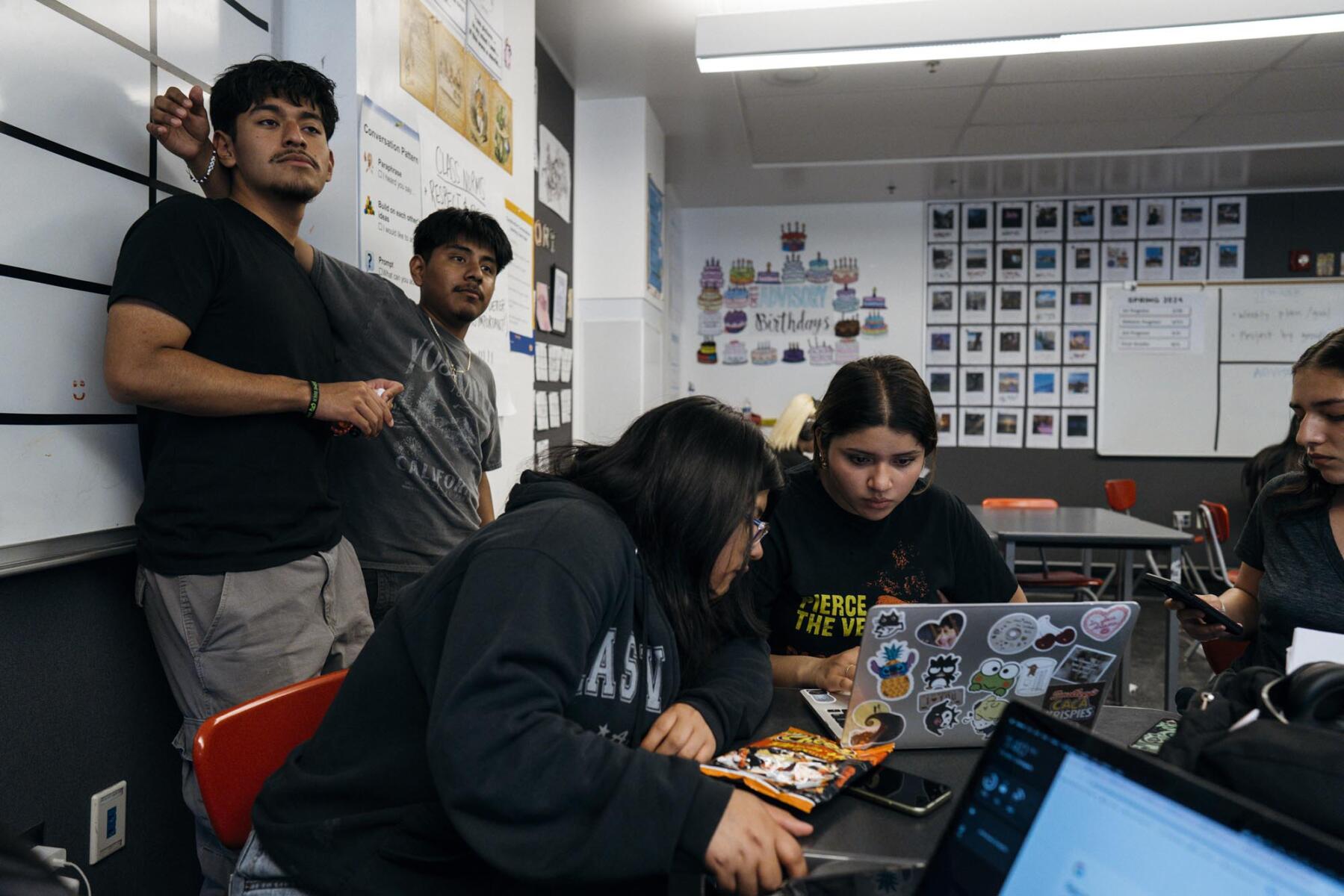
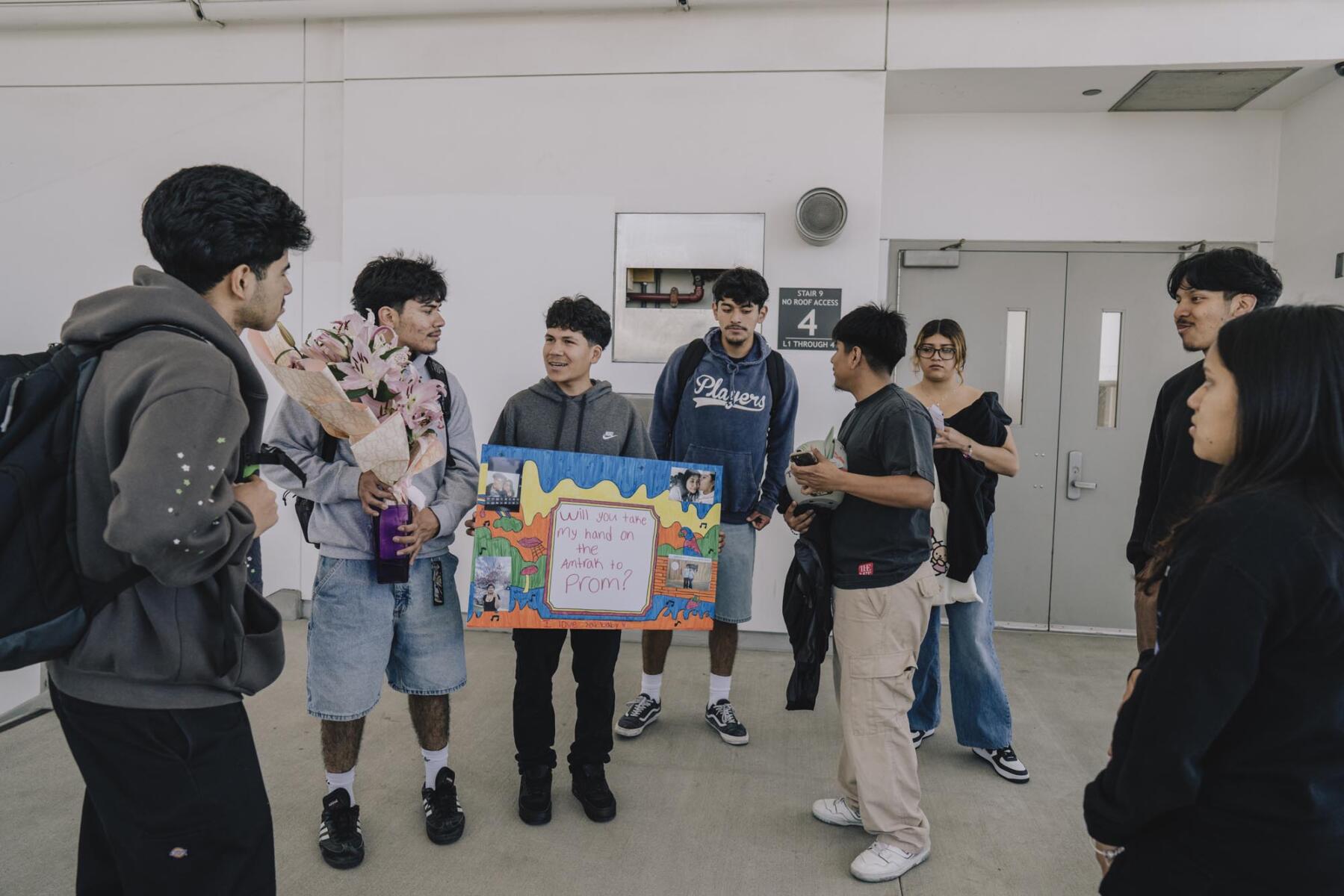
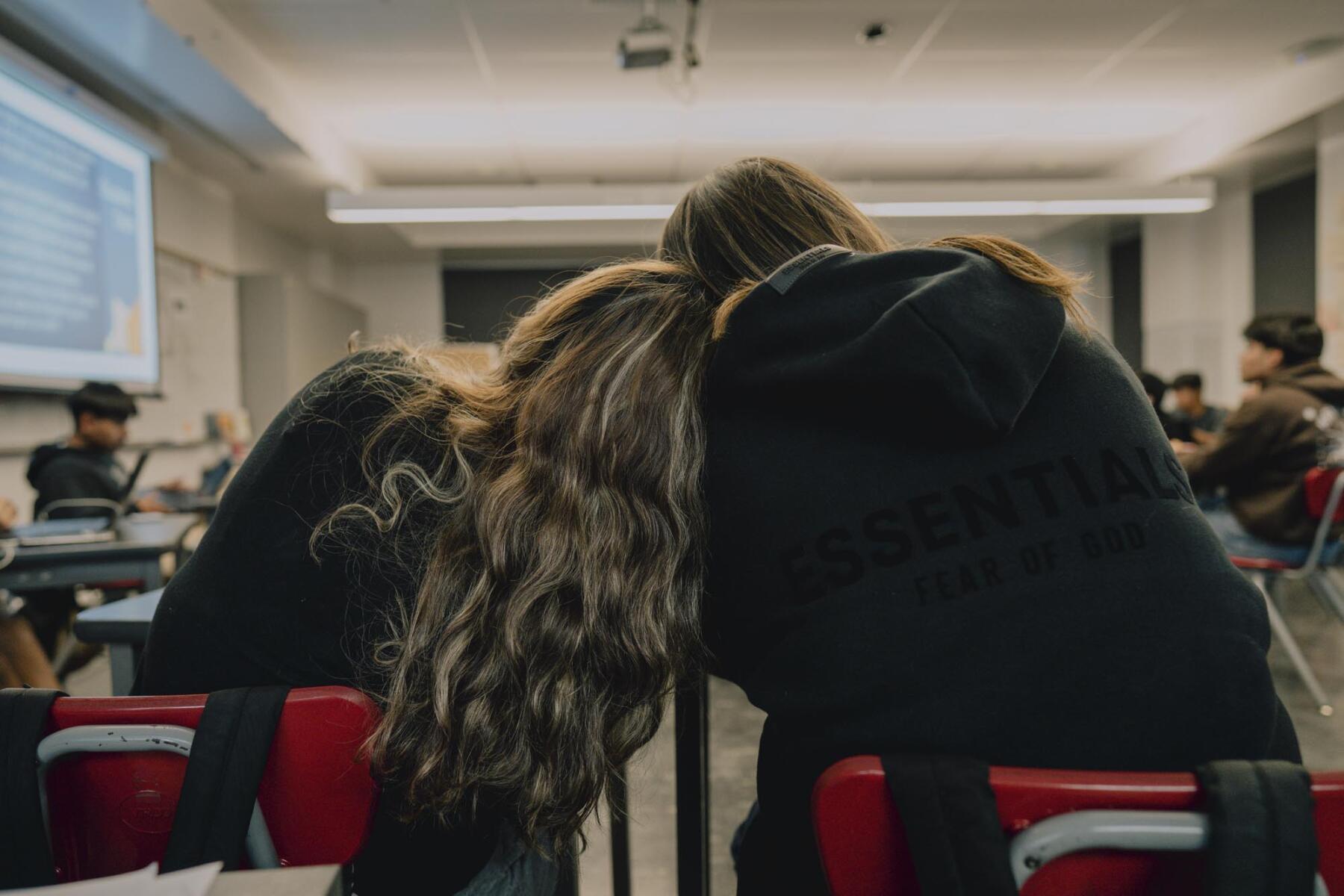
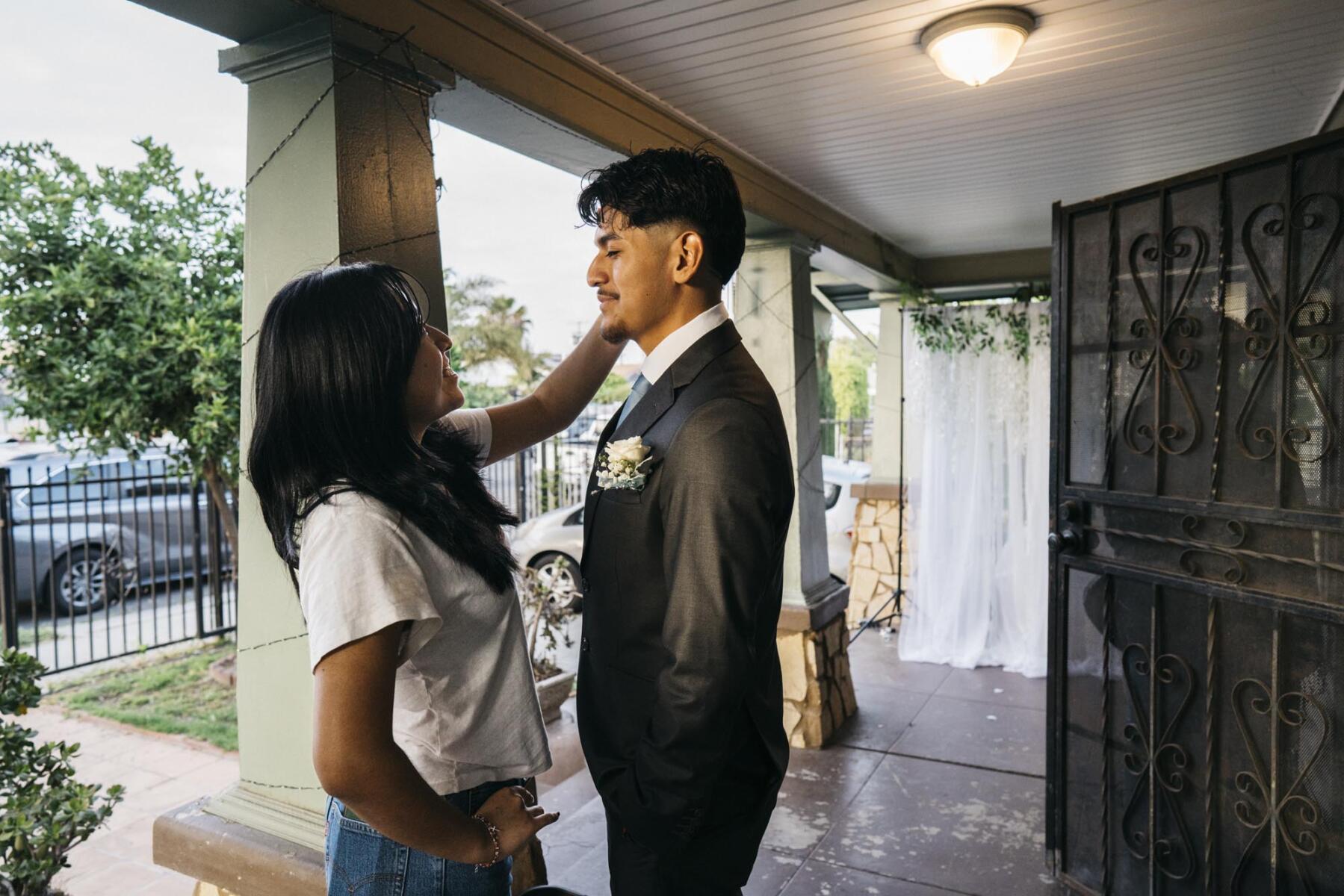
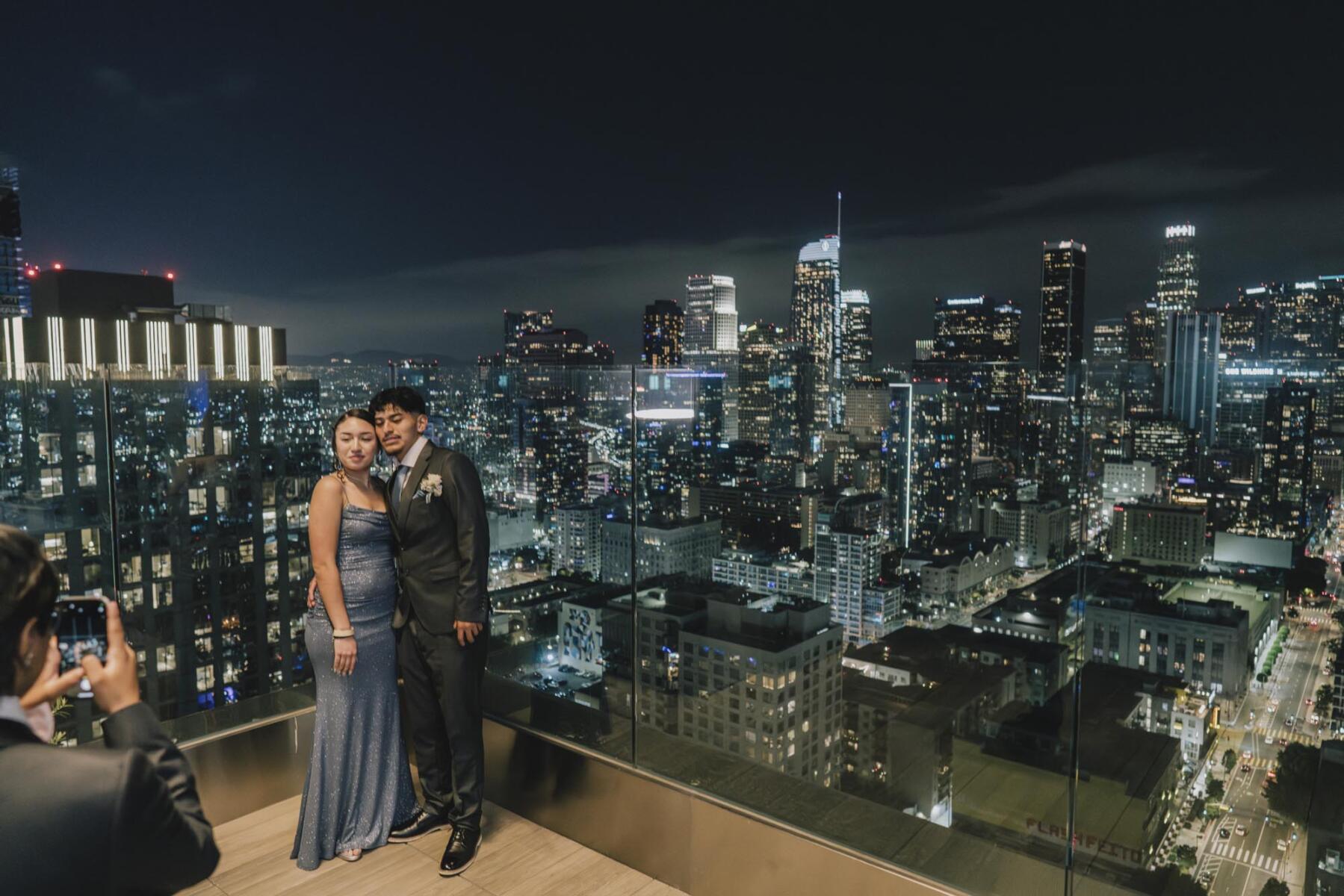
The combination of rigorous and engaging academics, supportive structures, and caring relationships at UCLA Community School translate into young people being well prepared for life after high school, including continuing their formal education. For example, nearly all (97%) of UCLA Community School students graduate with plans to attend college and 80% enroll in college immediately after graduation.
“Even though I was still in the moment at graduation, there was a lot of nostalgia running through my mind. All the little events and memories I’ve had with these students. I realized, ‘Boom!’ I won’t see them again. It is sad, but it is also a nice feeling. We are looking forward to the next chapter of our lives,” said Javir.
We are looking forward to the next chapter of our lives.
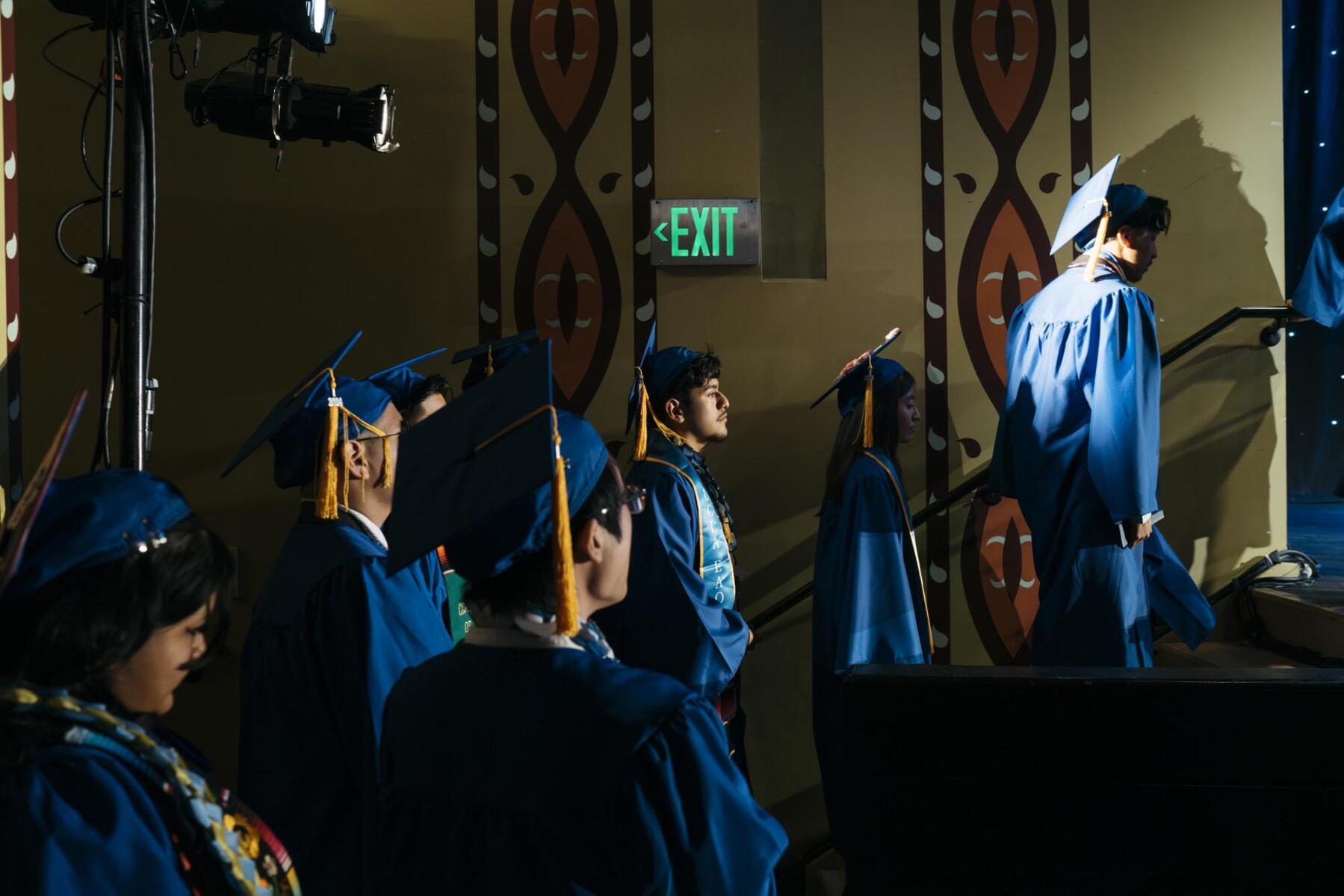
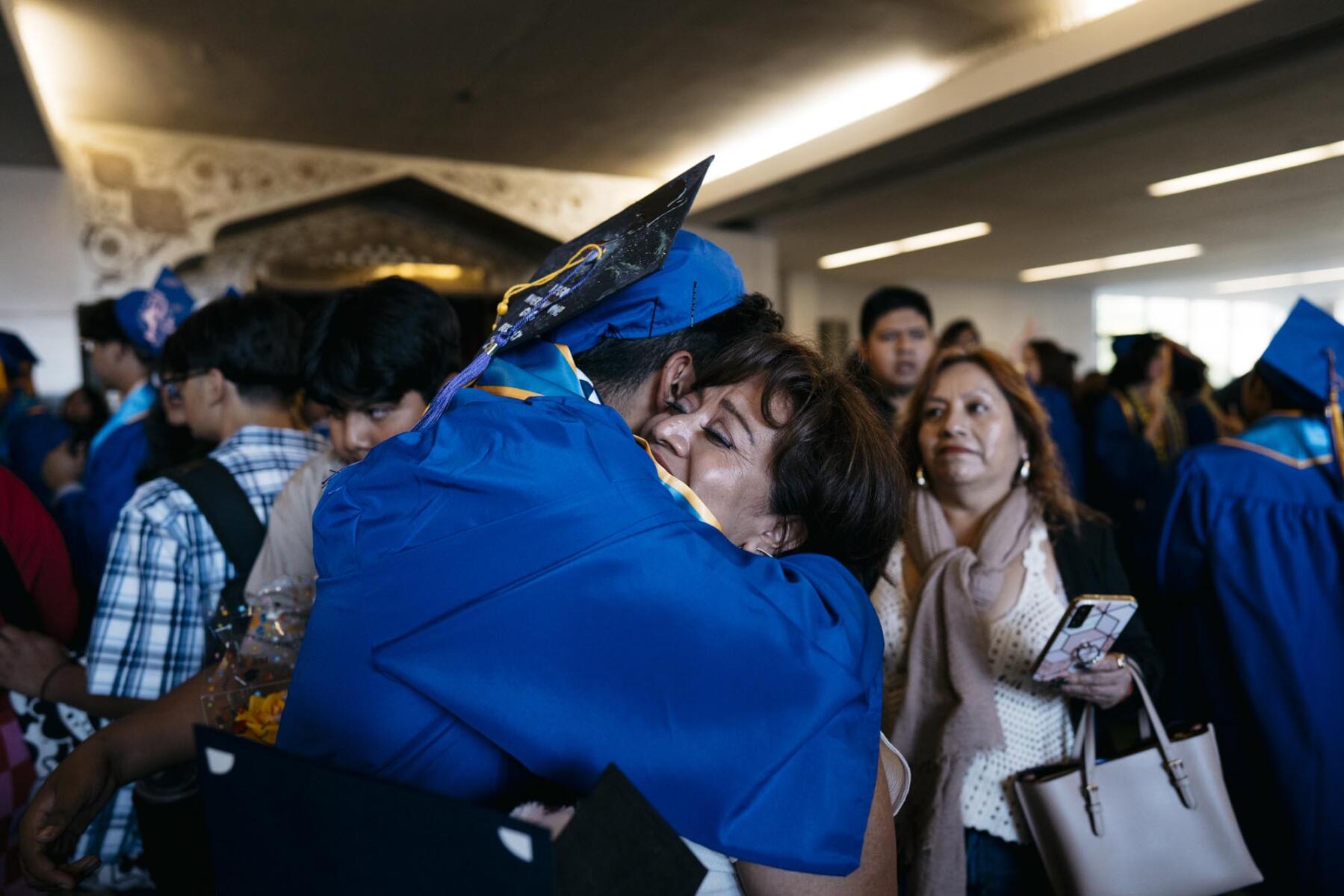
Isadora Kosofsky is a documentary photographer and filmmaker based in Los Angeles. She has contributed to the New York Times, National Geographic Magazine, TIME, The New Yorker, The Washington Post, Le Monde, Stern, GEO Germany and many others. Kosofsky is a TED Fellow, part of a network of global changemakers, and gave a talk at TED 2018. Most recently, she documented the devastation of the January 2025 Los Angeles fires for the New York Times, including the photos of young people in the article, “What It’s Like to Be a Kid After a Fire Took Almost Everything.”
